Enjoying our Blogs?Your support helps BSBO continue to develop and deliver educational content throughout the year.
|
|
Not that anyone needs another reason to love summer, but if they did, we have two words for you: Nature Camp! Black Swamp Bird Observatory staff traveled to Kelleys Island Field Station to participate in their 2024 Nature Camp. Each day, educators joined these young naturalists focusing on a different nature topic to help the campers develop authentic connections and deepen their understanding of the local ecology through investigation and observation.
The second day of camp was July 3 and the BSBO staff team of Jamie and Annalise headed to the field station for Environmental Adventure Camp for campers varying in ages 9-12. The first group, ages 9-10, were incredibly excited to get out and do some birding! We went over birding basics like being quiet, how to use binoculars, and using field guides. The group was quick to spot over a dozen species on our short walk and the kids loved practicing how to look up the birds they found in their field guides. We ended our session with information about owls and had fun dissecting owl pellets. The kids dug in, literally, and found all sorts of cool bones! The second group, ages 11-12, enjoyed the opportunity to visit Kelleys Island State Park, just across the street, where we found quite a few species. The favorites were Baltimore Oriole and Northern Flicker. The campers were really into the owl pellets and enjoyed learning about all of the owl species that can be found throughout Ohio. The campers ended their session with a fun migration relay game that helps them understand how important stopover habitat is to birds.
0 Comments
The first time I saw a toucan was while visiting a Mayan archaeological site in Belize (like cemeteries, ruins can be great places for birding). A pair of Keel-billed Toucans flew across the open space between buildings. I don’t remember the colors, just that distinctive silhouette. A few years later, in Panama, I learned there was another type of toucan, the Black-mandibled Toucan (now Yellow-throated Toucan). And I kept learning about more and more species of this family. Toucans, toucanets, and aracaris are considered near-passerines, a tree-perching group. Ranging from southern Mexico to northern Argentina, the toucans are primarily fruit eaters, but will eat insects and small lizards. Their large but light-weight bills help them regulate their body temperature, and also lets them rob other birds’ nests of eggs and nestlings. There are more than 3 dozen species of toucans. Some are widespread, like the Toco Toucan, and others inhabit a very limited range. And while most species are considered of least concern by, at least one, the Yellow-browed Toucanet, may have a population of fewer than 2,000 individuals. In the years since that first sighting, I’ve seen more than a dozen species of toucans and toucanets, and become more enthralled. They are my main target bird on any trip to the neotropics. While the hummingbirds, parrots and tanagers I’ve seen in the neotropics are gorgeous and fascinating to watch, to me, nothing has as much charisma as a toucan. Most recently, I visited south-east Brazil to bird in the Atlantic rainforest of Sao Paolo state. From sea level to more than 4,000 feet in elevation, I fell in love with the mountain scenery. There was the possibility of four (4!) new toucans – the Green-billed or Red-chested Toucans, Spot-billed Toucanet, Saffron Toucanet and Channel-billed Toucan. And I saw them all! After meeting our guides at the airport, I stressed how much I wanted to see the toucans, and the local guide just smiled and said not to worry. Before we even reached the first lodge, we saw the Green-billed Toucan. The other 3 species showed up as promised. We watched the spot-billed bowing as he called. Next, a brief glimpse of the Saffron Toucanet, and finally the gorgeous Channel-billed Toucan. The channel billed toucan has a wide distribution in Brazil, and most fascinatingly, it has been divided into several races with various color morphs, from mostly blue, white and yellow in the north to orange, yellow and crimson in the south. Central and South America are full of wonders, from the amazing birds to the mammals, insects and orchids. But for me, the symbol of the neotropics is a toucan.
them grow up. For such tiny juveniles, they can put on a burst of speed when they see an adult come up from a dive with food. And sometimes, they add a tiny squeal to their zoom across the water to show their excitement. (Baby American coot and common gallinules have their odd charm, also.) I knew from my reading that, as with loons, the young grebes will sometimes ride on its parent’s back. I always looked with hope but never thought I would actually see it for myself. But it happened!
Early this August, I was doing an early morning walk around Howard Marsh West. Most of the young grebes were already half-grown, but I still enjoyed watching the family interactions. Then I saw a group of chicks that looked quite young. My obsession with baby grebes means I have to photograph nearly every one I see. While I was watching and photographing, I thought I saw something roll off the back of the adult. Was it? It was!! My excitement soared, and I was able to watch the baby get on and off several times before the family moved off into the reeds. It was time to get to work anyway, so off I rushed to share my best sighting of the summer. And I’m more determined to get out to the marsh more frequently next year.
Plan B. At that point, Ming ran upstairs to get my wife, Pat Whitesides, whom she knew was a knowledgeable birder, to ask for help rescuing the chicks. Together, they contrived a plan. They would play quail sounds on their cell phone to attract the chicks back into the drain where they could be reached and removed. It didn’t work that easily because as soon as the chicks appeared in the drain and saw Pat and Ming waiting for them, they ran back into the drain pipe.
Plan C. Get the chicks into the drain and cover the opening to the drain pipe with a sheet of cardboard to block their escape. It worked partially. Two of the chicks were rescued from the drain, but the remaining chicks wouldn’t come out of the drain pipe. Plan D. They contacted Lindsay Wildlife Museum in Walnut Creek, knowing they take in distressed and injured animals and will care for them. It was already 3:15, and they had to get the chicks to the museum by 4:00, so they made a couple more tries to get the last chick but failed. They took the two chicks to Lindsay and were told that when the chicks could protect themselves, they would be brought back into the Rossmoor area to be released back into the wild. Plan E. After returning home, Ming continued working to retrieve the remaining chick from the sewer and actually succeeded in retrieving two more chicks. Following the instructions from the volunteer at Lindsay, she placed the chicks in a cardboard box, neither fed them water nor food and intended to take them to Lindsay in the morning. Apparently, those two chicks were too stressed from their long ordeal in the sewer because they died overnight, quite possibly from a heart attack. In the end, two quail chicks were rescued by the determination and prompt actions of Ming, Una, and Pat. It is worth mentioning that these chicks were possibly only days old, given that they were only the size of golf balls. While Pat had seen baby quail before in Rossmoor, she had never seen them so small. Quail chicks are born to be “precocious,” meaning they can walk and feed themselves almost immediately upon hatching. What they can’t do very well is protect themselves. They needed Ming, Uma, and Pat for that.
I took a photo of an evening-primrose and quickly moved on along the trail. When I got home, I was eager, as always, to look through the photos and identify what I had found. The photo to the top right was a photo that I uploaded to iNaturalist and it kept suggesting "Primrose Moth" as an identification. I certainly didn't see a moth while in the field, but I looked closer, and to my surprise, there was a Primrose Moth! Not only one, but two! (They can be seen in the left bud.) I couldn't believe it! I was so excited, and I thought, "All I have to do is take some photos of evening-primrose and I'll find some pretty moths? That's easy!" I went back the next day and along the same trail took photos of every blooming evening-primrose. One of them I could see had a moth. When I got home, I could see another plant had a moth and some eggs! Despite searching, I haven't been able to find any other Primrose Moths. And as I've learned since then, they can be quite localized and hard to find. I was just lucky enough to be in the right place at just the right time to find these cotton candy-colored cuties. The Primrose Moth (Schinia florida) has a range from Nova Scotia to the Great Lakes region to northern Florida. Larvae go through five instars before burrowing in the ground to pupate overwinter. There is one generation per year, with the adult flight period timed to coincide with the bud development of its larval host plants. Adults are nocturnal, and often rest in the flowers of evening-primroses during the day. The mimicry of the moth to the buds of the plant is such impressive camouflage. Looking at them side-by-side, you can definitely tell how someone could overlook a moth in the flowers of an evening-primrose. Nature is amazing! Photos by Jasmine Cupp
References: D.F. Hardwick (1970). "The life history of Schinia florida". Journal of the Lepidopterists' Society. 24 (4): 282-287.
The next thing we knew, there was maybe 40 or 50. All of which were heading to the southwest. A friend and I ran out to pick up food, excited about the Purple Martins. Upon arriving at the restaurant, we noticed nearly 450 martins in one group! This was enough to break the Clermont County high count of Purple Martins by 50 birds! The next weekend, I was back in Cincinnati and decided to get there a little bit earlier and see where they were all coming from. However, at that same site, we saw maybe 100 and they were all overhead going west. As we were about to leave, we looked over and noticed a cloud that we estimated to be 800 martins! We made it over to the parking lot where the cloud was only to hear them tucked into the vegetation along the edge of the parking lot. The next night, we realized we needed to get there even earlier than we had. We wanted to get to this site at about the time we first noticed birds over the yard the week before. We showed up about 45 minutes before sunset this time with a tally clicker in hand ready to get to the bottom of the mystery of just how many Purple Martins were present at this roost. What started as a 1x1 count of birds coming into about 800 birds was very quickly turned into a 5x1 count. Then a 10x1 count. Over the course of the next 45 minutes, we clicked groups of 10 martins coming in from the southwest only. We found birds were mainly coming from the southwest, passing over our heads, doing a large loop northeast of us, then coming back in. This way we could reduce the amount of birds double counted (while still missing those birds that were coming in from the NE without passing us the first time). Our total that evening ended at an astonishing 10,494. We repeated the process the following weekend and came up with 13,783. We shared this with some of the local birding groups and were thrilled to see other birders coming out to enjoy this mind-blowing spectacle in a suburban shopping center parking lot! Purple Martins are known to use these urban/suburban landscapes for their fall staging but had not previously used this location!
The short story is that after being gone for a day and a half #TheFourWeAllAdore returned to Maumee Bay State Park. We'd predicted that that might happen, wondering if the chicks would move between nearby Cedar Point NWR and Maumee Bay SP. We waited to post anything because we weren't sure how long they'd stay. The longer story is far more complex. There are no gentle transitions for a #GreatLakesPipingPlover monitor. It's more like a series of emotional explosions. - OMG, WE HAVE A NEST!! - OMG, WE HAVE AN EGG!! - OMG, THE EGGS ARE HATCHING!! - OMG, THE CHICKS HAVE LEFT THE PROTECTED AREA!! - OMG, THERE'S AN OFF-LEASH DOG!! - OMG, THE CHICKS ARE FLYING!! - OMG, THERE'S A DRONE!! It's totally worth the emotional rollercoaster ride to experience the joy of being part of this extraordinary project. But, today we are faced with the sharpness of a reality that has lurked in the shadows of that joy. Yesterday morning, our volunteers were unable to find Kickapoo. After extensive searching, some twist of fate led them to search an area of Cove 4 one last time. It was there that they found signs of predation. We confirmed that the remains were of a Piping Plover. The few signs they found indicate that the predator was a mink, but we can’t say for sure. We agonized over how to break this news, even considered not sharing it at all. But in the end, we felt that the truth was best, and important to the integrity of the project.
Please, try not to think of this as a failure. We did absolutely all that we could to give the birds their best chance for survival. This is the sharp reality that nature is not always beautiful. Nature often seems raw and cruel, and far too intense for mere humans to understand, especially under these circumstances. But I, for one, find it “easier” to accept that this was an act of nature rather than losing one of our beloved birds to some evil act of humans. We will carry the pain of this loss together, sharing in the sadness just as we did the joy, easing the hurt by suffering it as a community, being there for each other as we struggle to come to terms with it. And we will use this information and what we’ve learned to help inform the Great Lakes Piping Plover project so that the loss is not in vain. My heart goes out to all of the volunteers and to all of you who faithfully follow this story. I know you love these birds, too. Now we'll try to focus on the three remaining chicks that we need to monitor, with hope beyond hope that they’ll begin their journey safely – and soon. Thank you for being part of this journey. Sincerely, Kimberly Kaufman Executive Director Black Swamp Bird Observatory Information provided by Chris Sheley, Wild Birds Unlimited, Columbus, Ohio and Ohio Department of Natural Resources We are seeing a number of articles popping up in social media feeds and local news outlets about a novel avian disease and bird mortality event. As of now, we don't know how prevalent this illness is in Ohio or the cause of it. We want you to be as informed as possible and know that we are tracking developments closely. What we know so far
Precautionary Measures Until we have a better understanding of what is causing the illness and how it spreads we can take some precautionary measures. Below are some healthy bird feeding tips:
What to do if you find a sick or dead bird
Thank you for doing your part to care for birds!
Guest post from bird feeding expert, Anna Dissanayaka From the CDC: Birds can carry germs like Salmonella while looking healthy and clean. However, there are reports of wild songbirds, such as pine siskins (small, streaked, yellow-tinged songbirds in the finch family) sick with the same strain of Salmonella that is making people sick in this outbreak. Salmonella germs can spread between species of birds, to pets, and to people. You can get sick when you touch your mouth with unwashed hands after touching wild birds, bird feeders or bird baths, or your pets that have contact with wild birds. (For more information on human health, visit the CDC website.) In regards to the recent news about salmonella and feeder cleaning, we invited backyard bird feeding expert, Anna Dissanayaka to offer some guidance.
In some states people are advised to take down feeders. While it is not necessary to fully remove your feeders in Ohio right now, here are some precautions you can take:
|
AuthorsBSBO Staff Archives
February 2024
Categories |









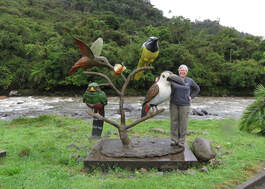
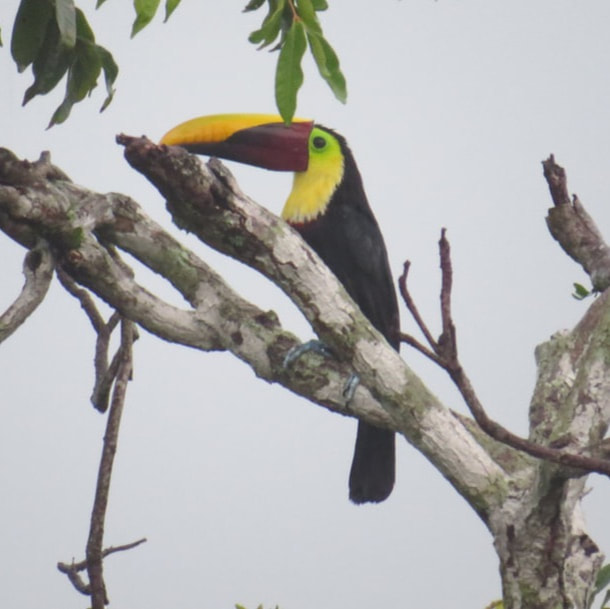
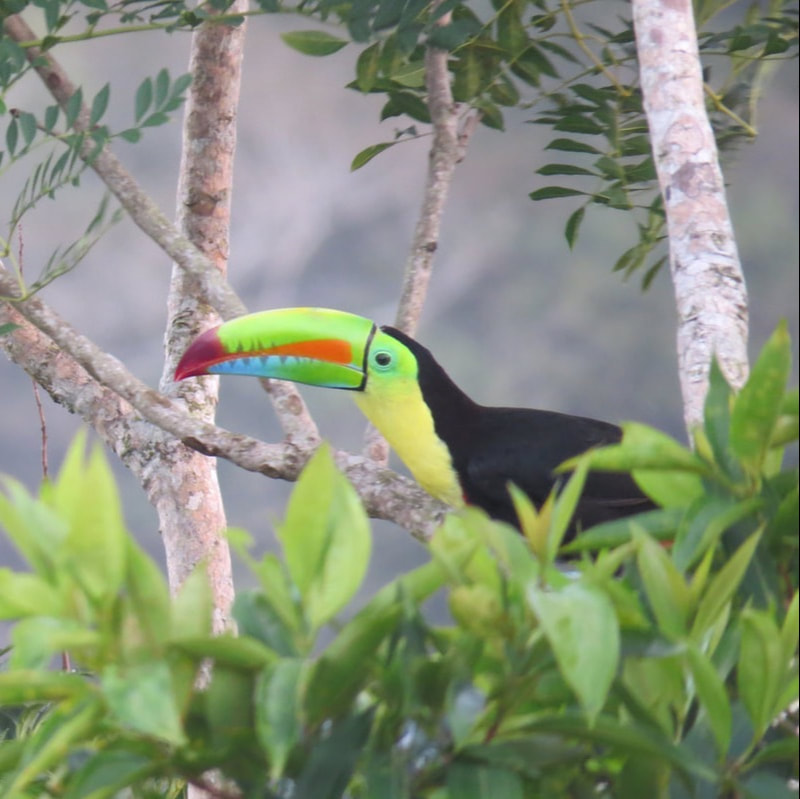
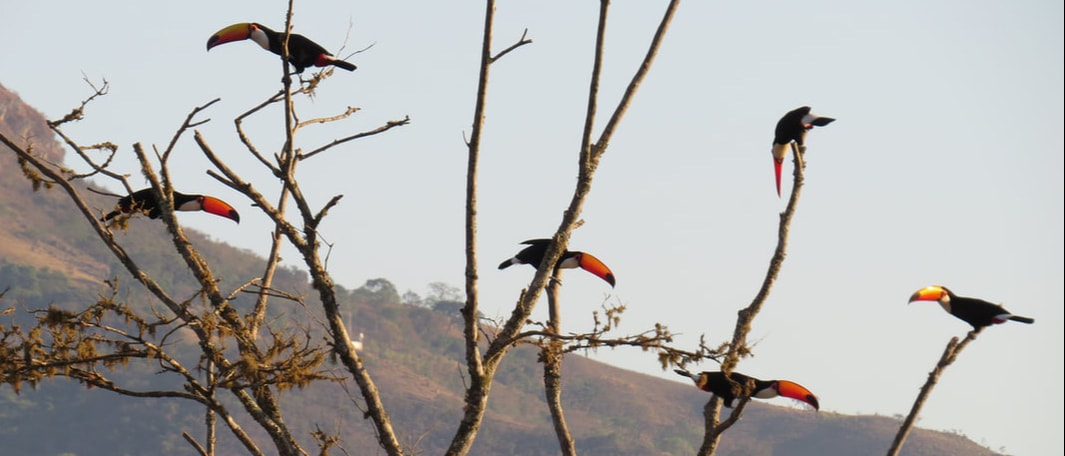
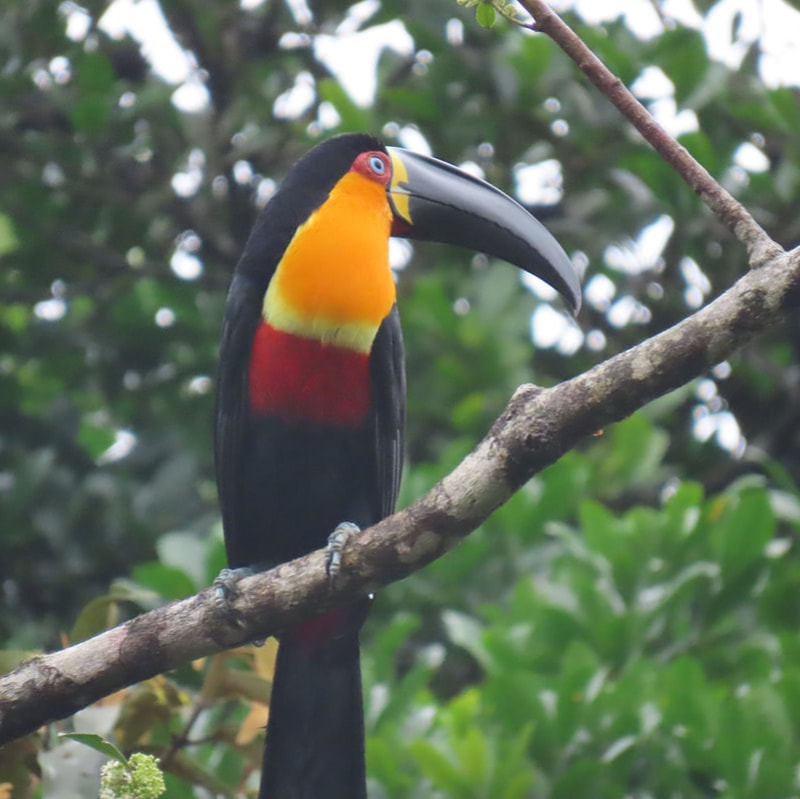
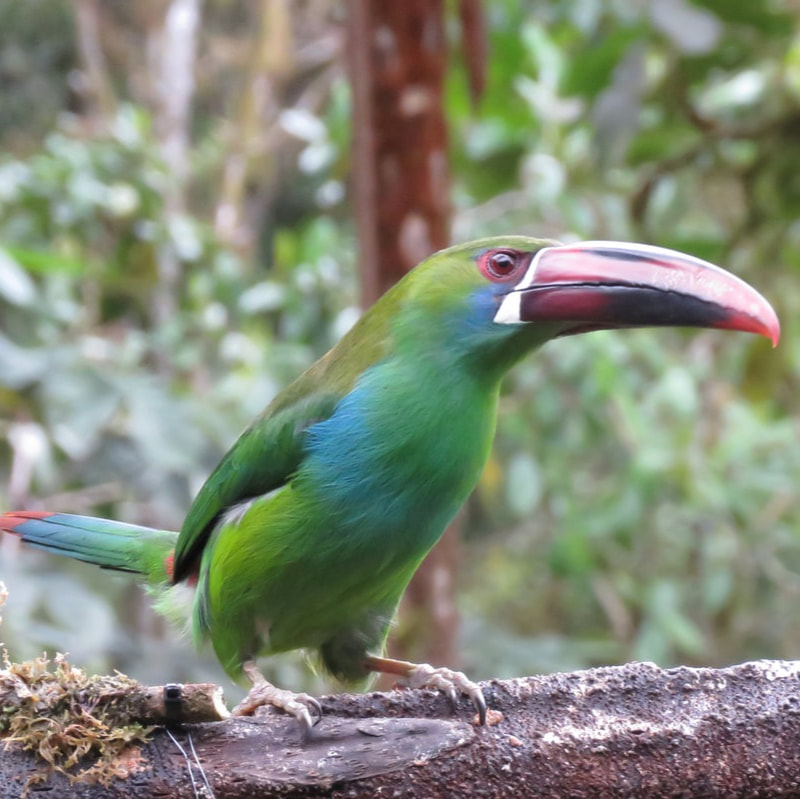
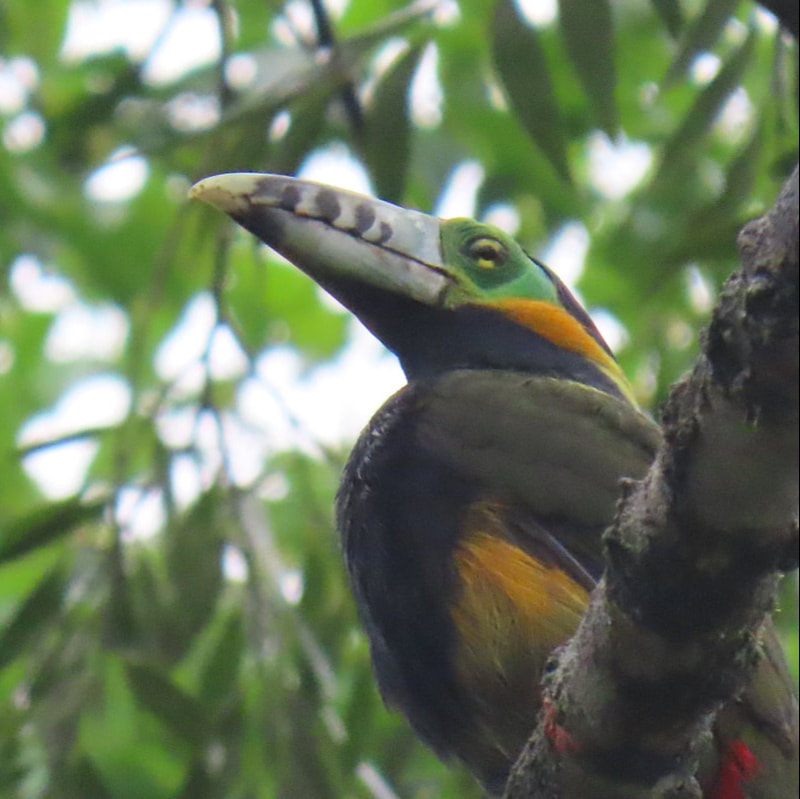
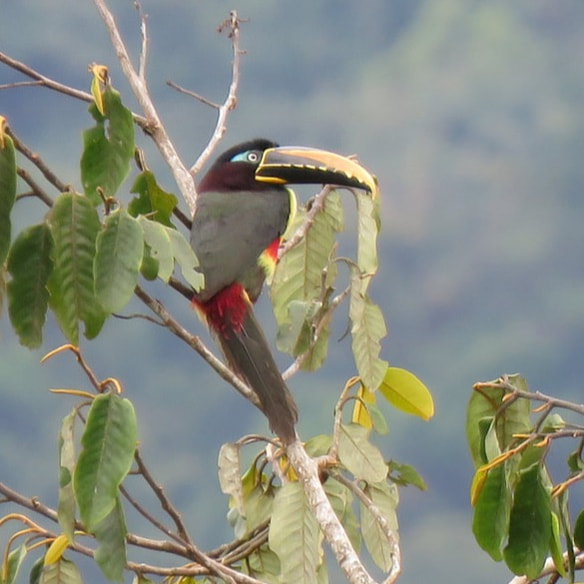

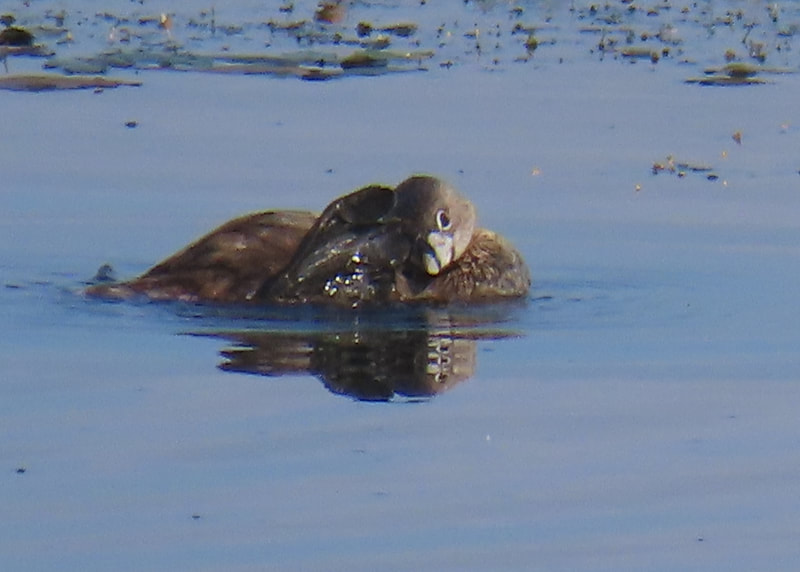
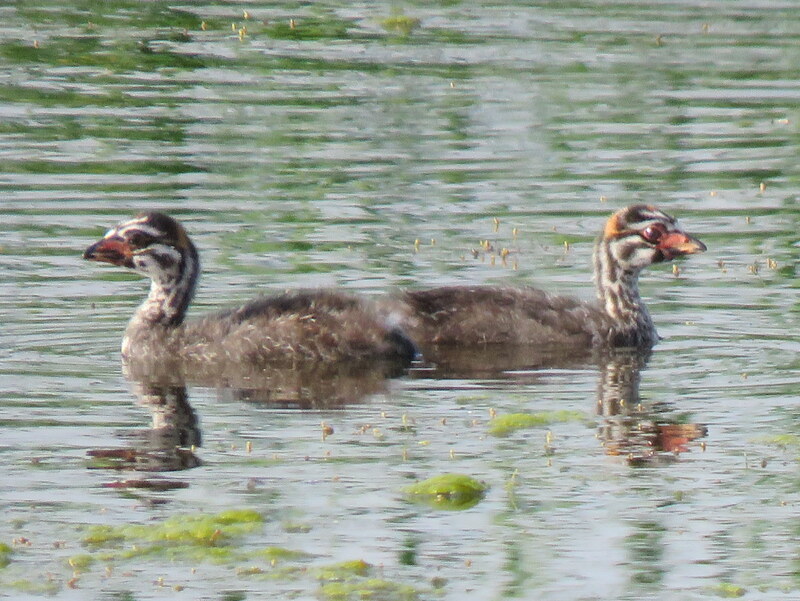
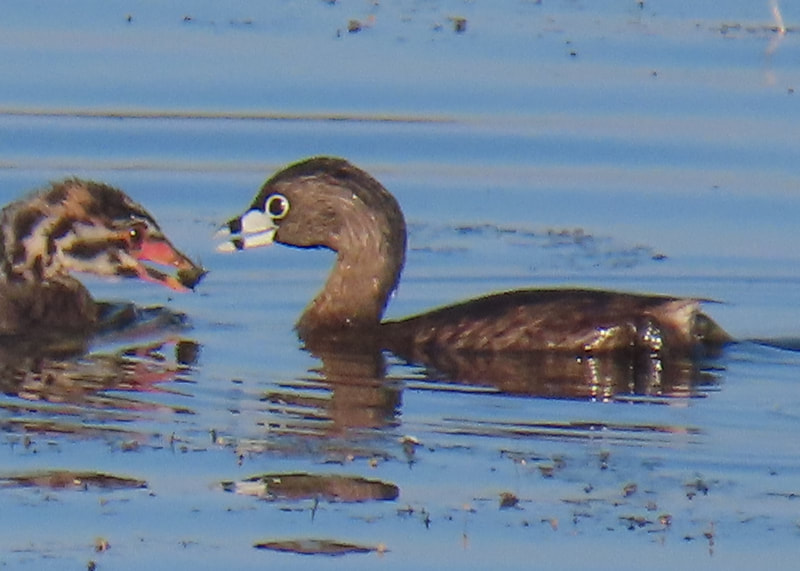
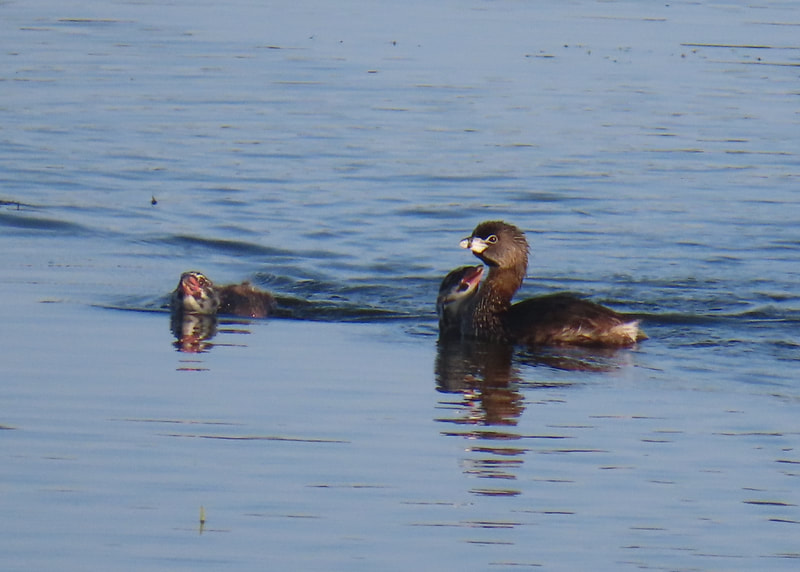
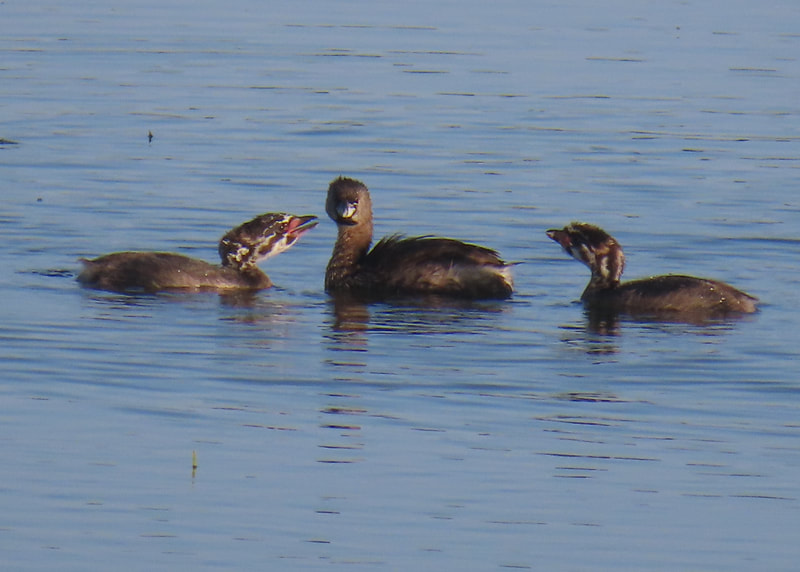
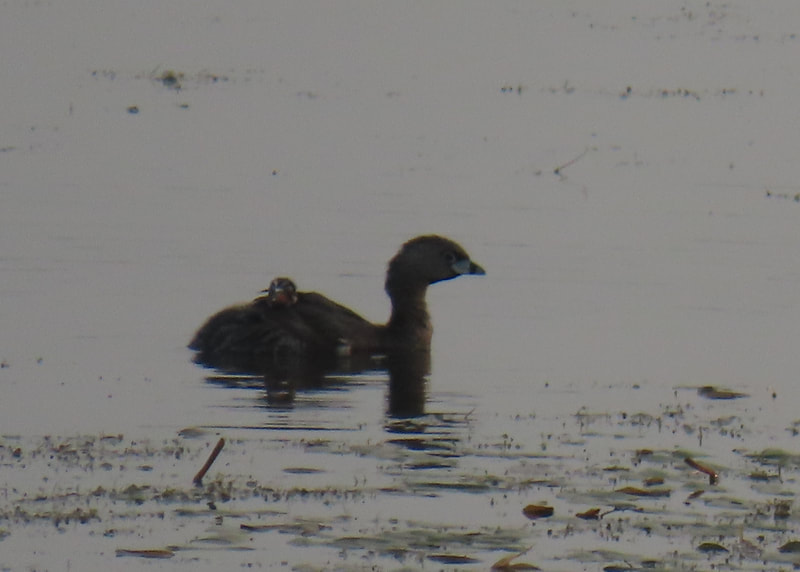
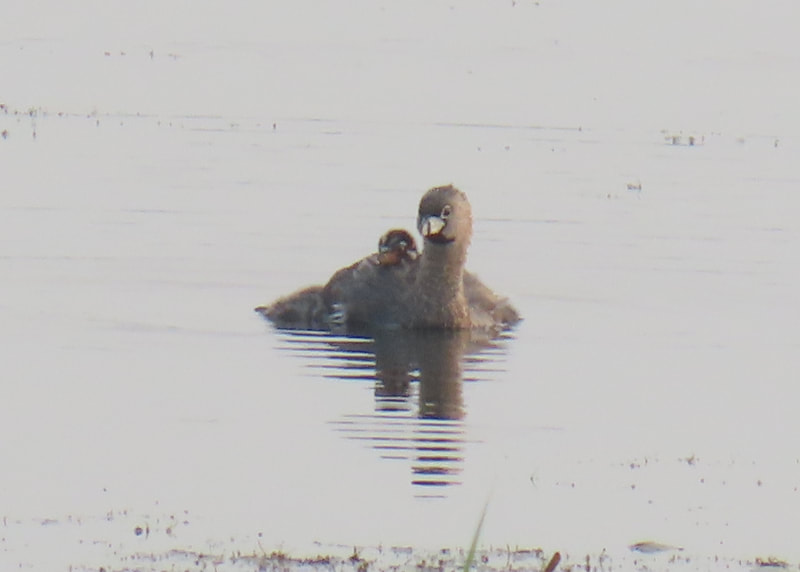
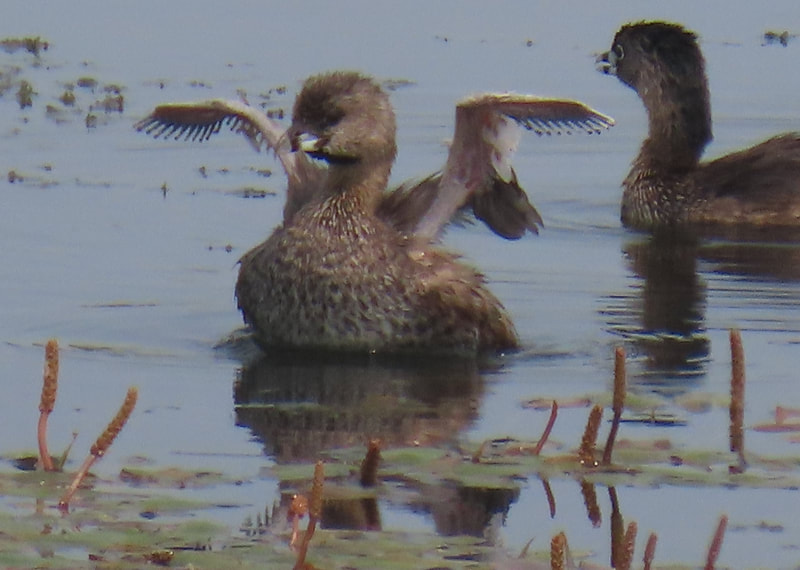
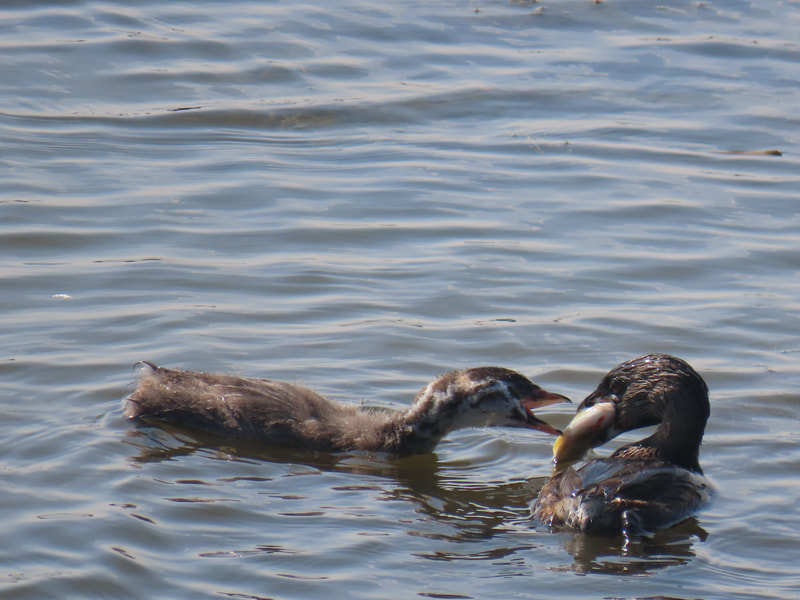

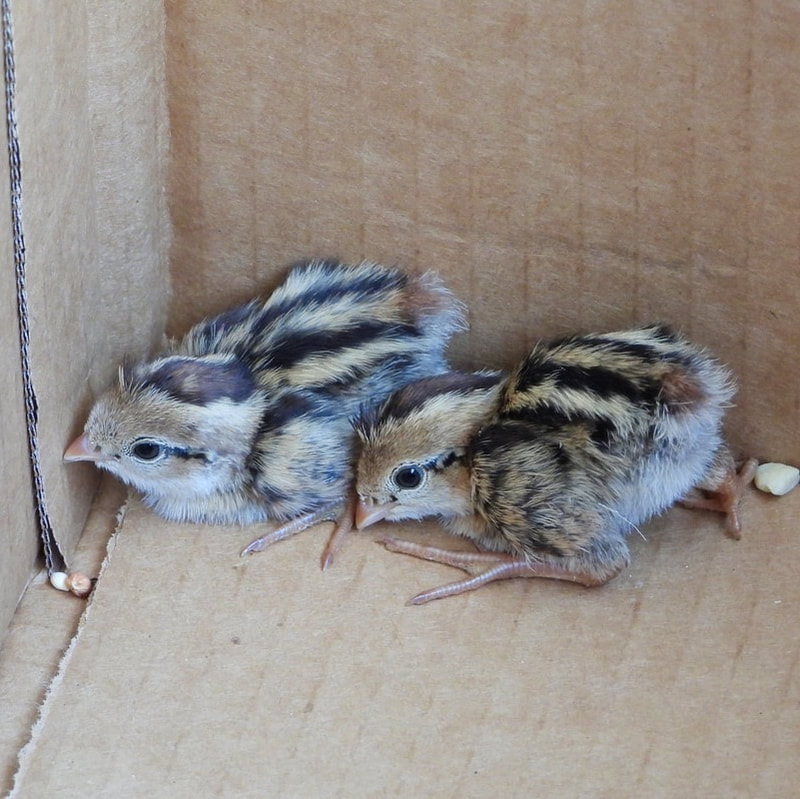
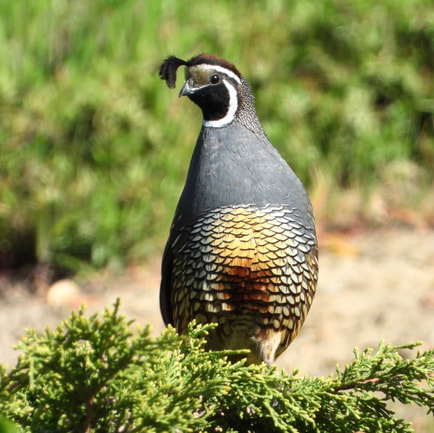
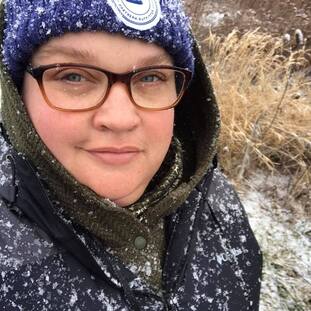
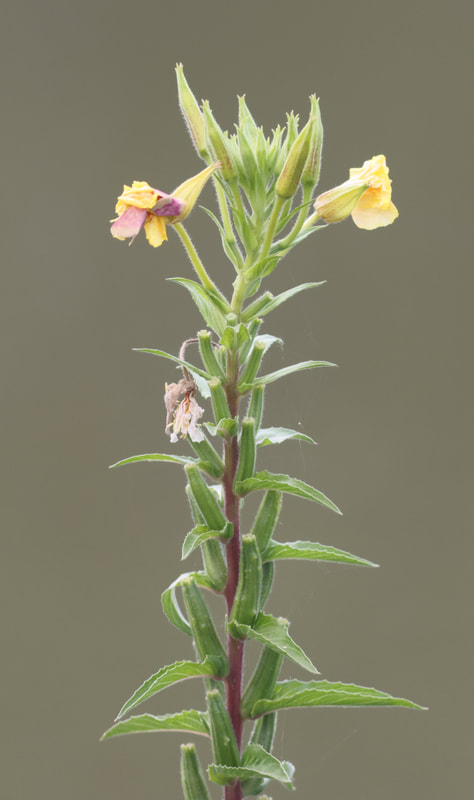
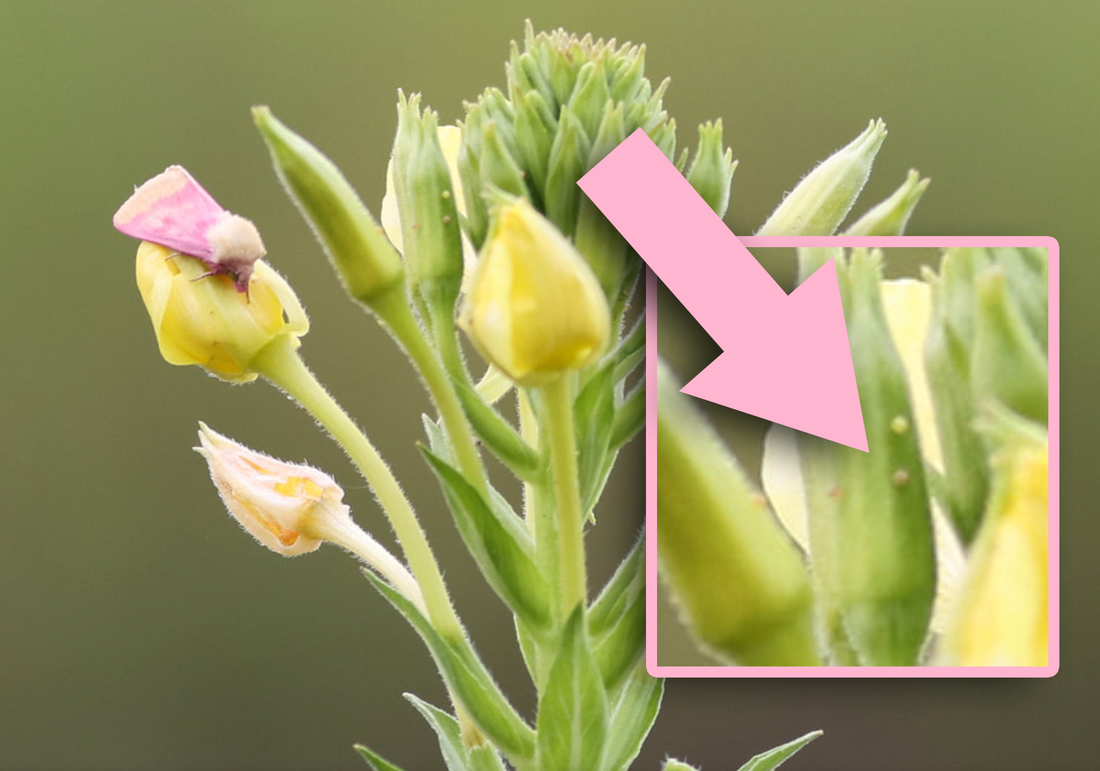
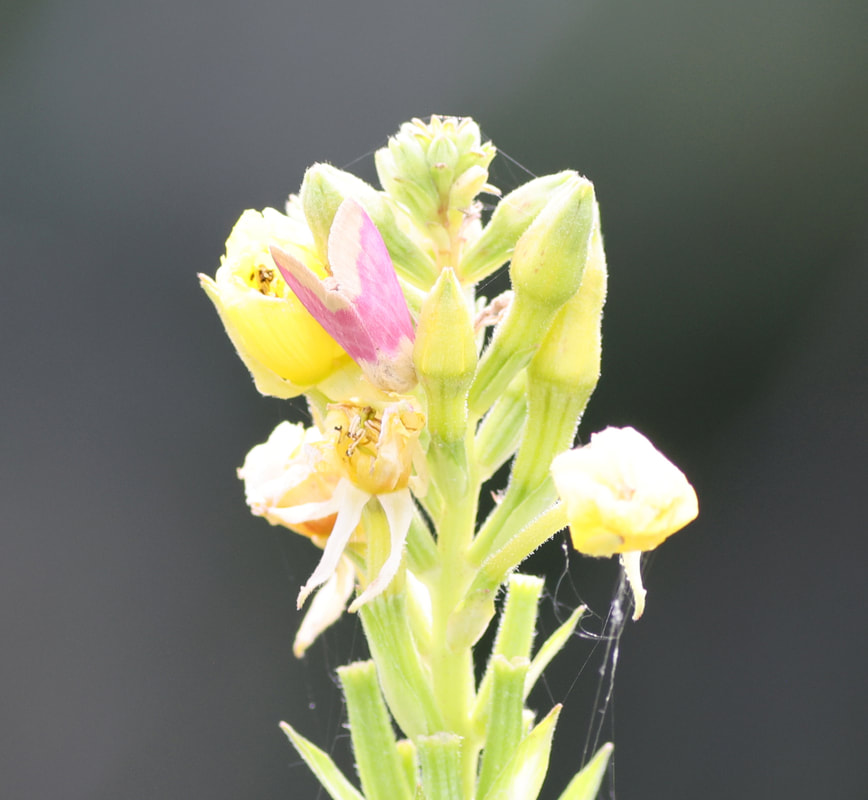
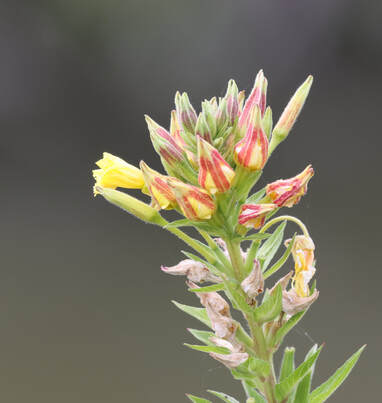
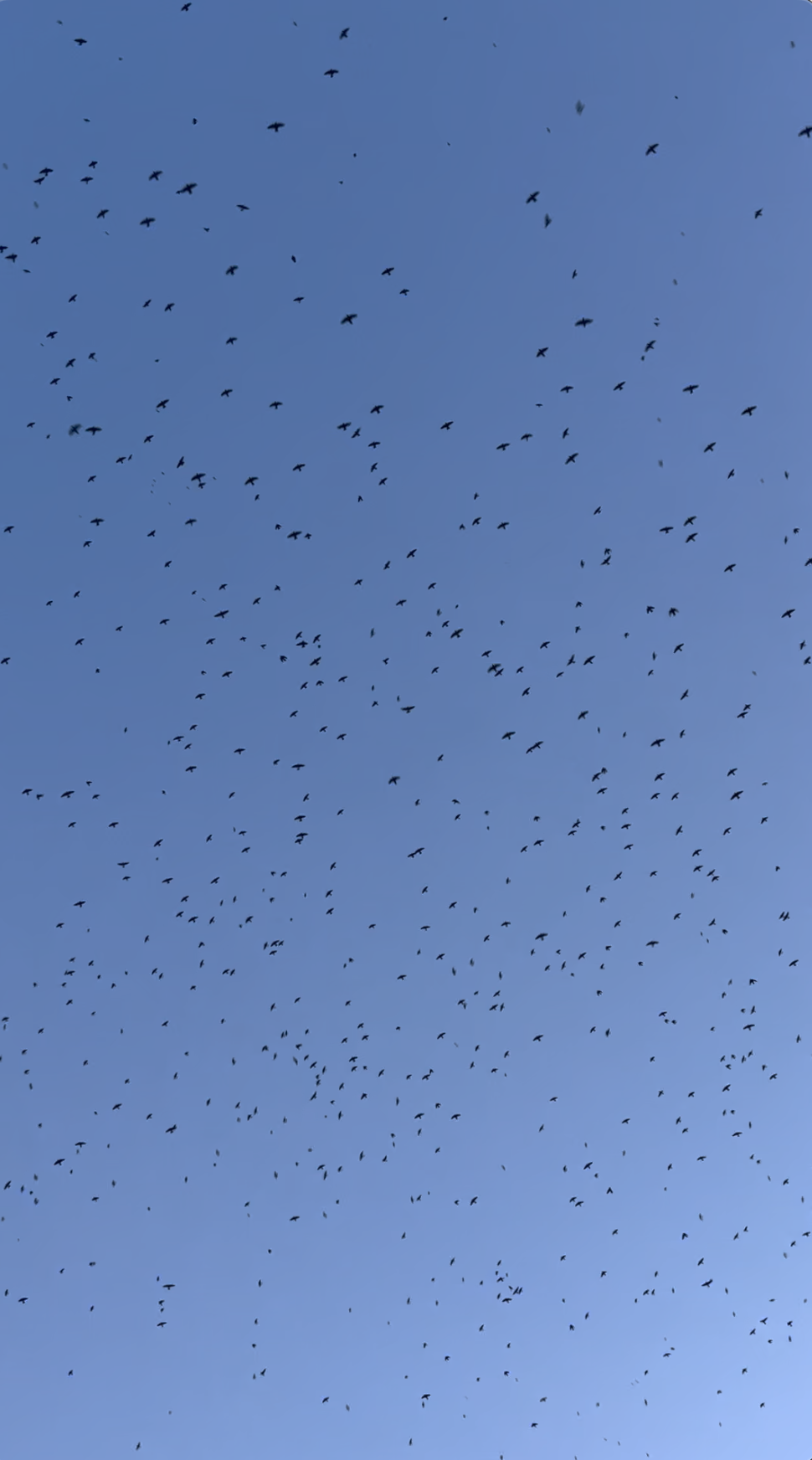

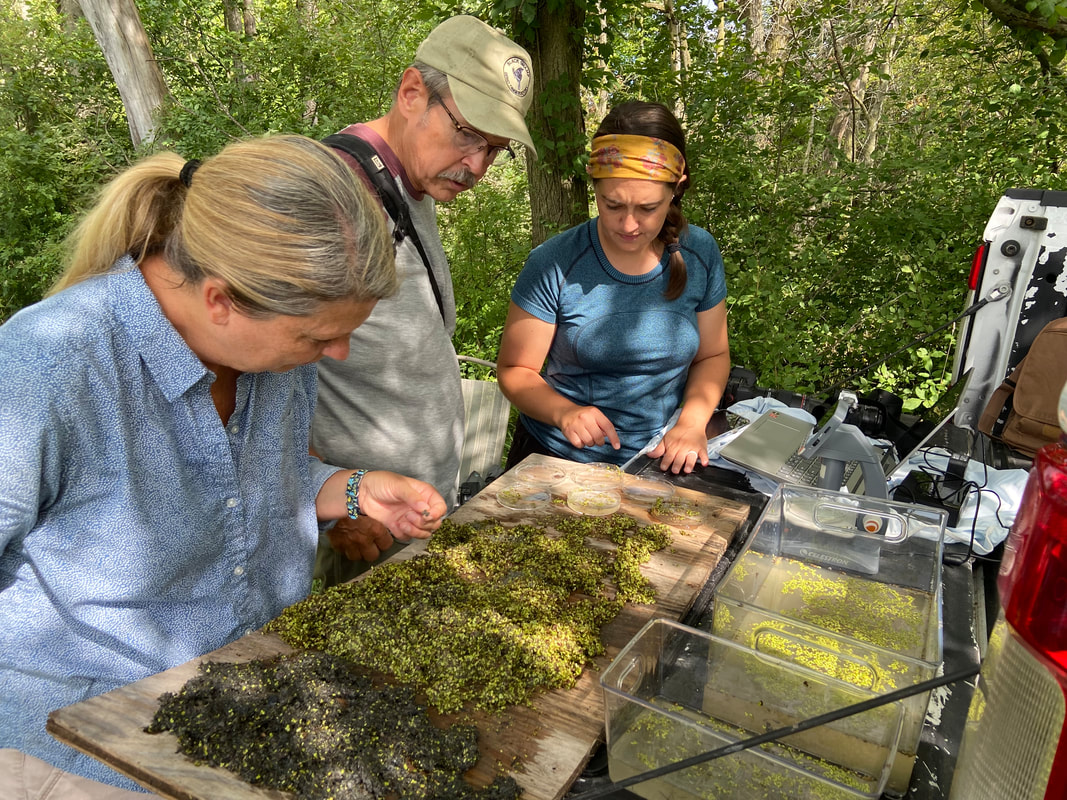
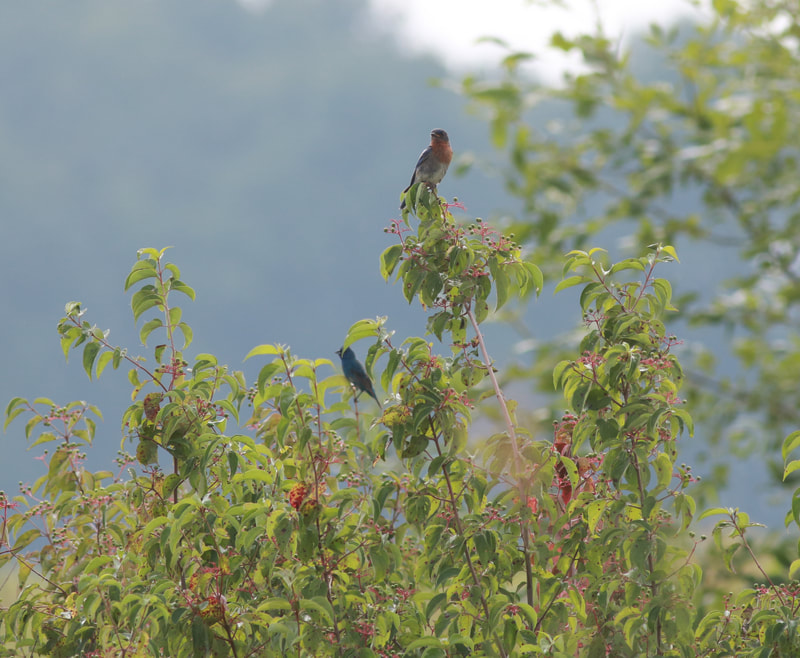
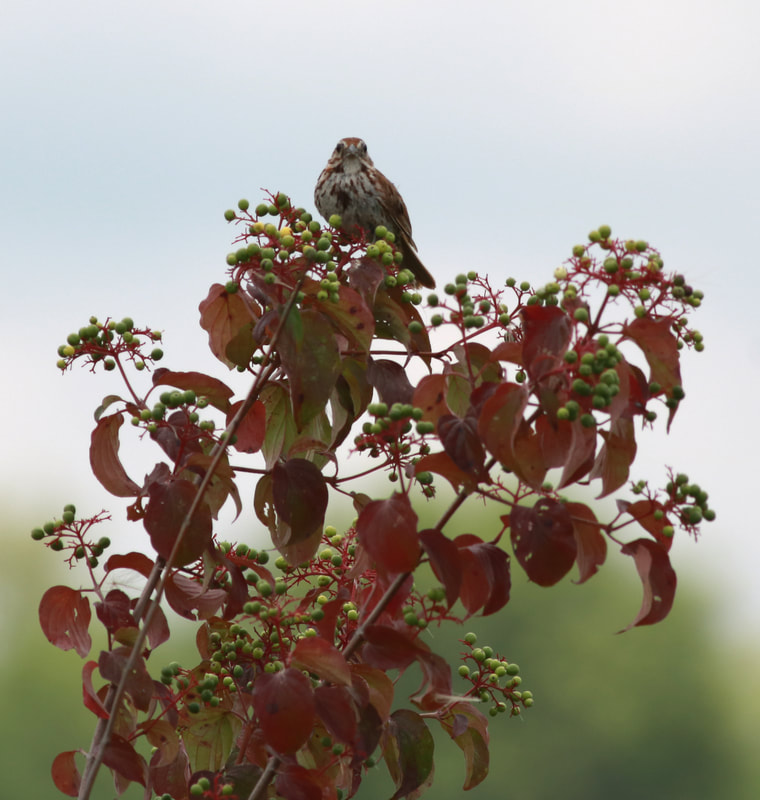
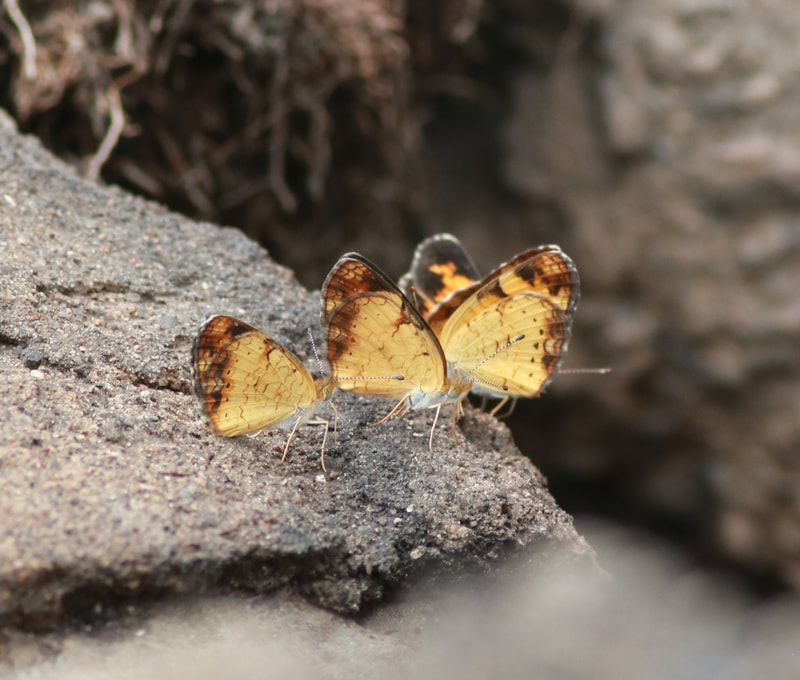
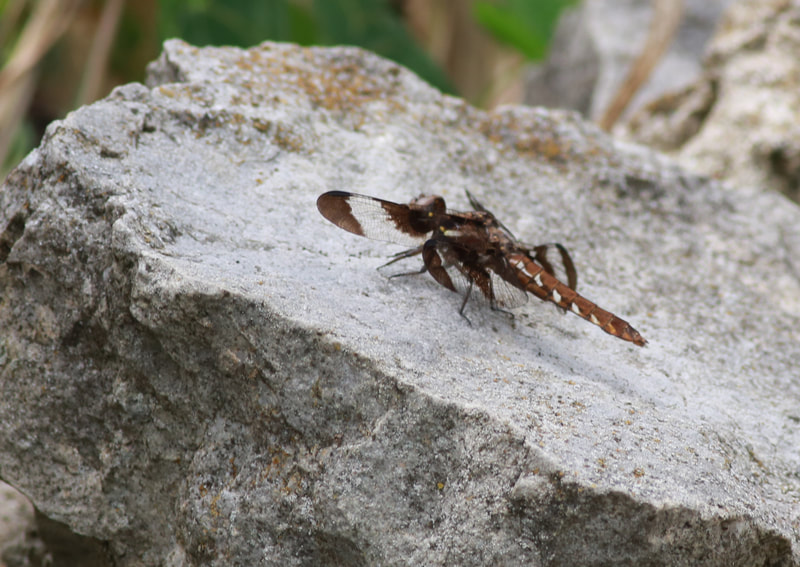
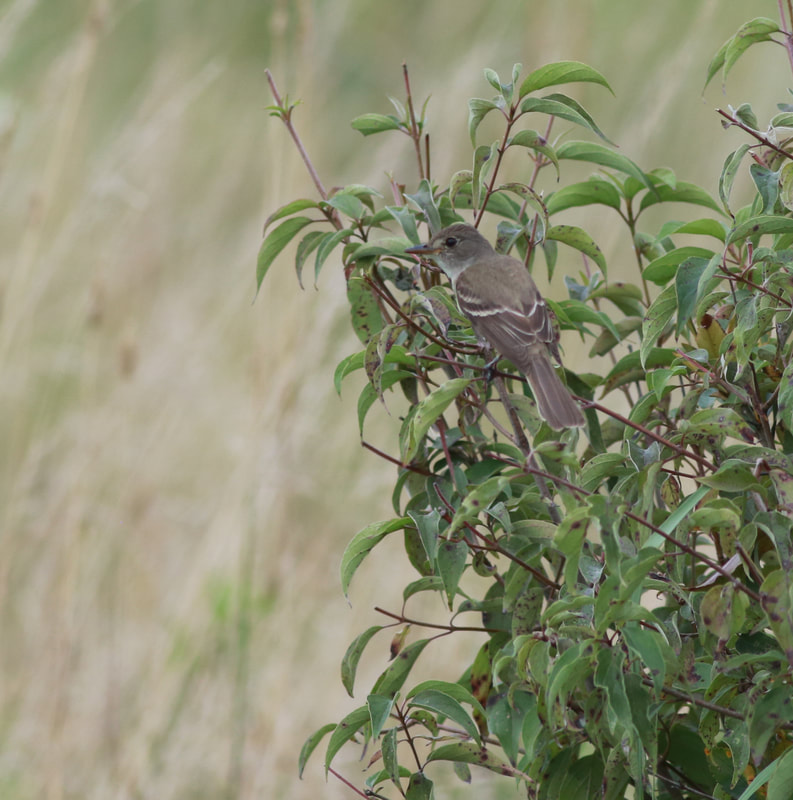
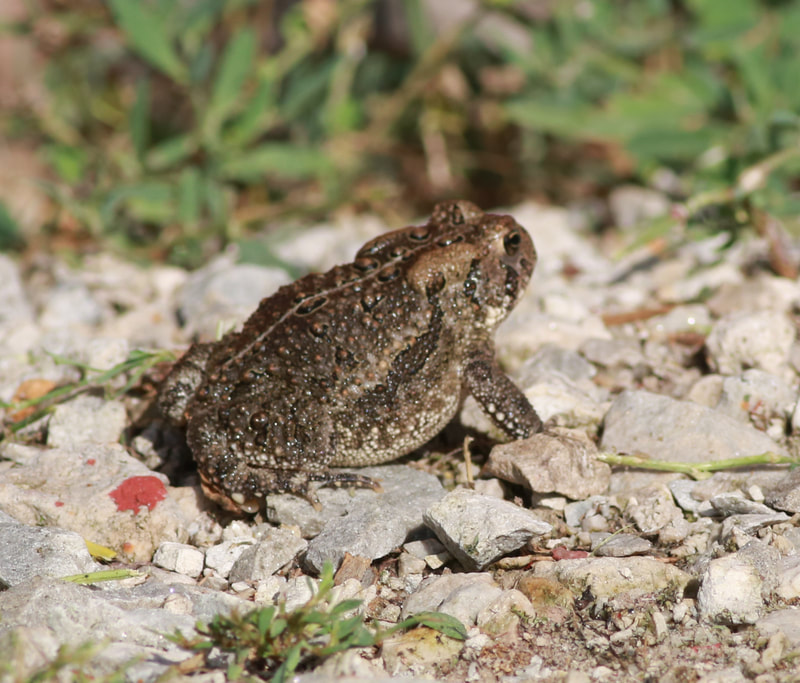
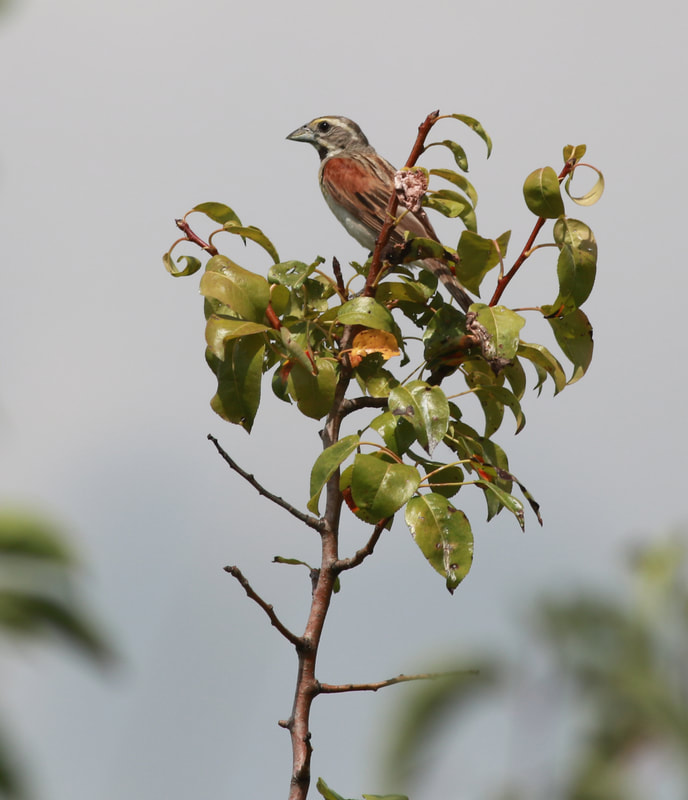
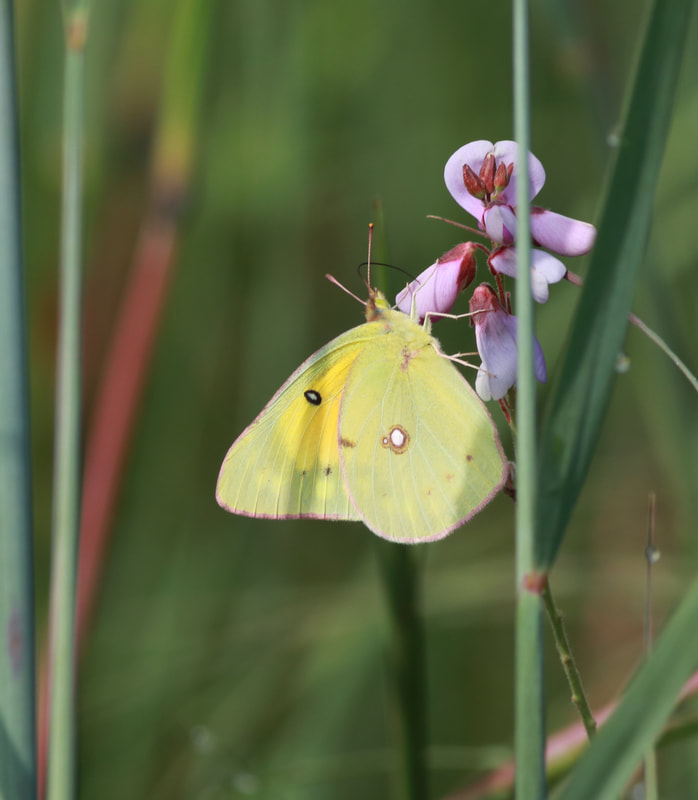
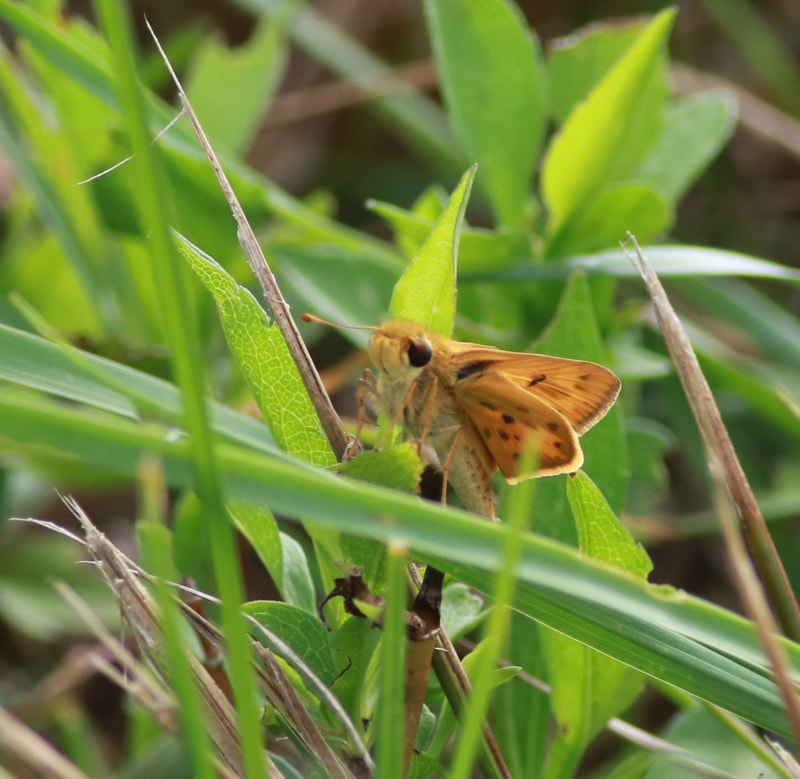
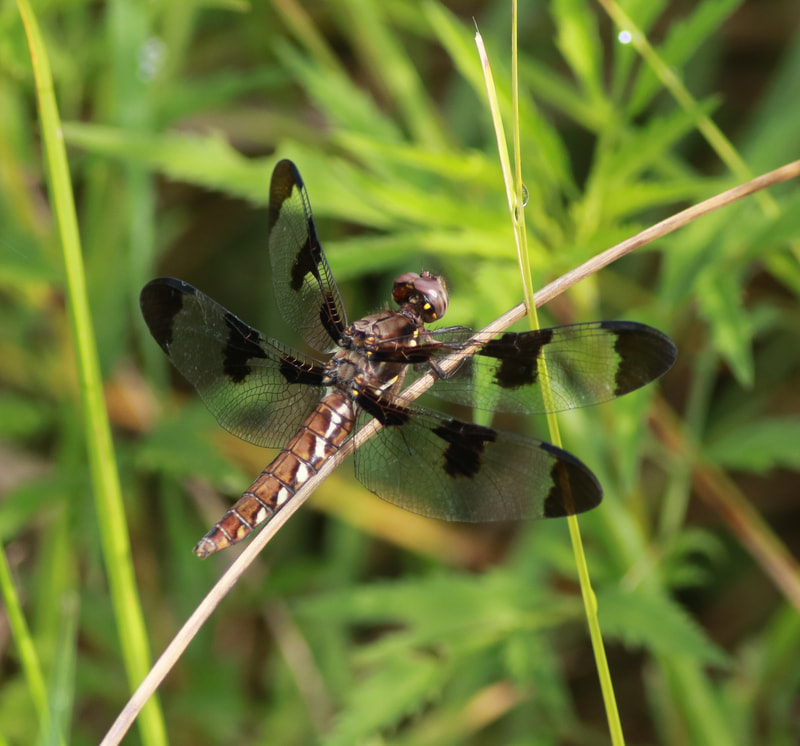
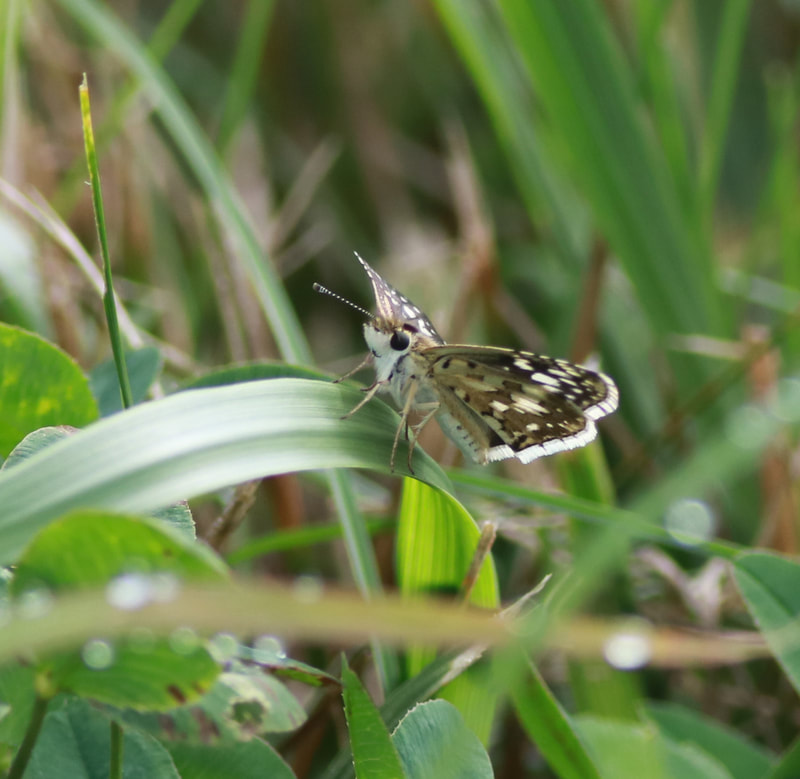
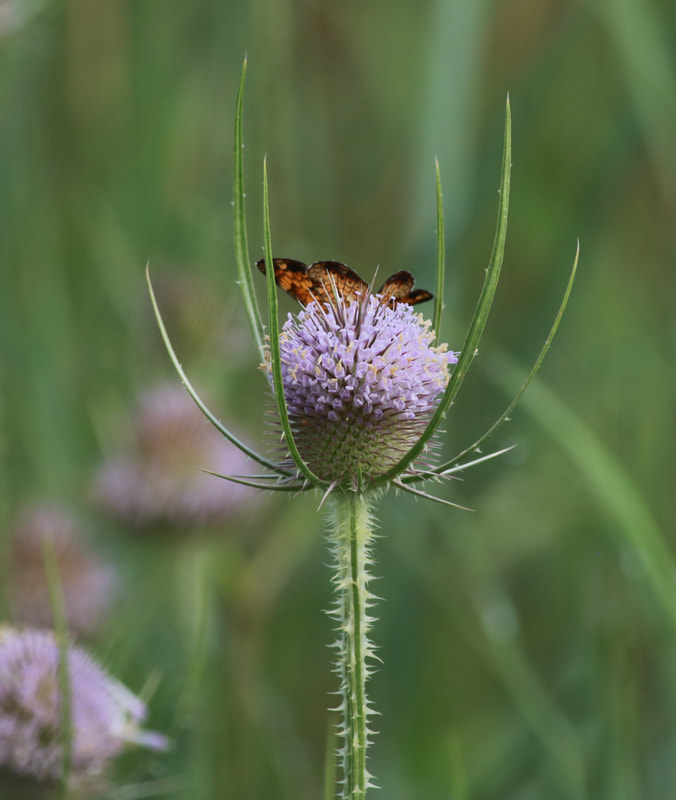
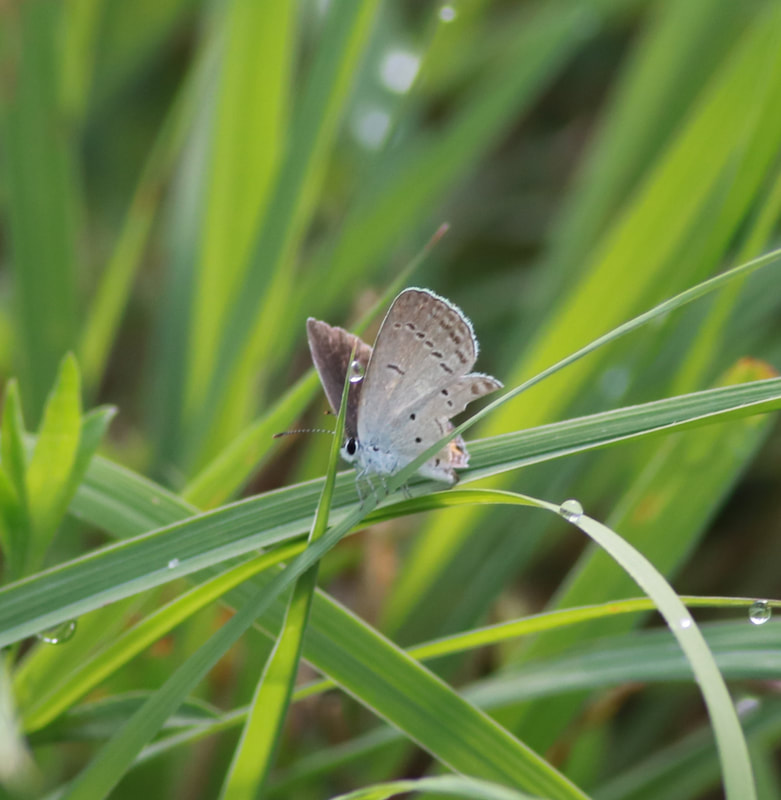
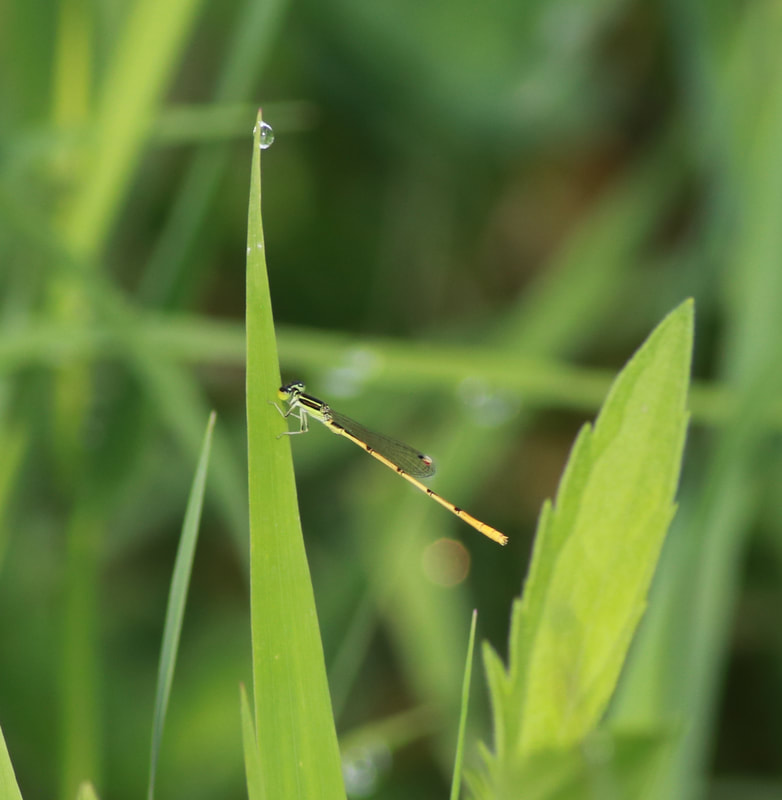
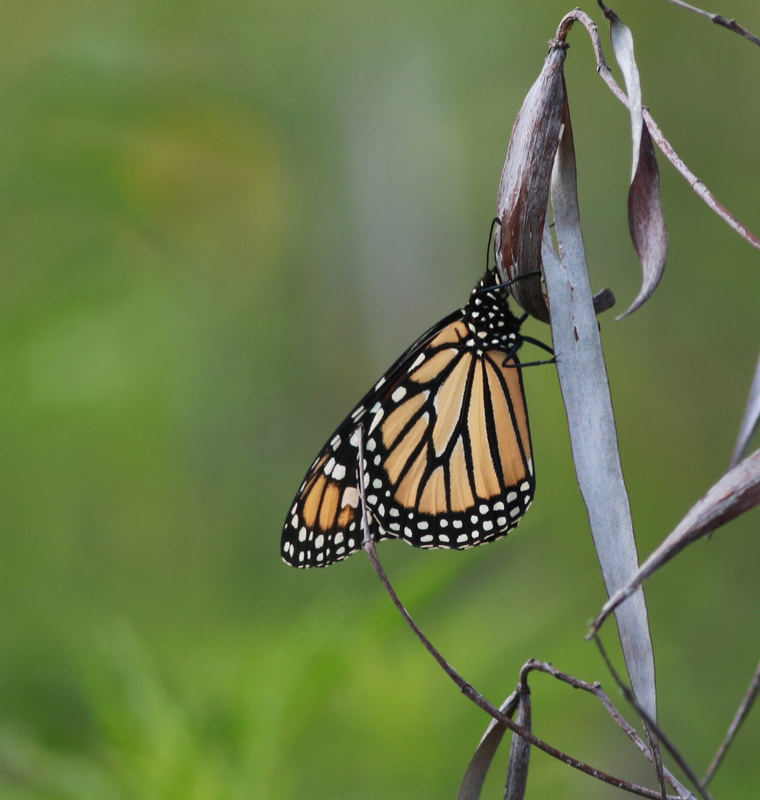
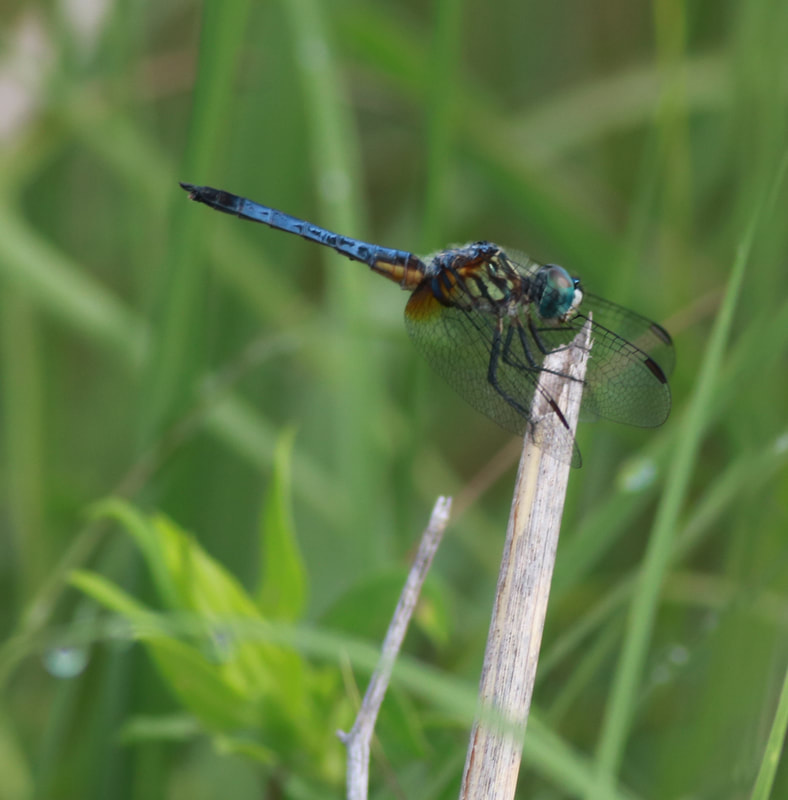
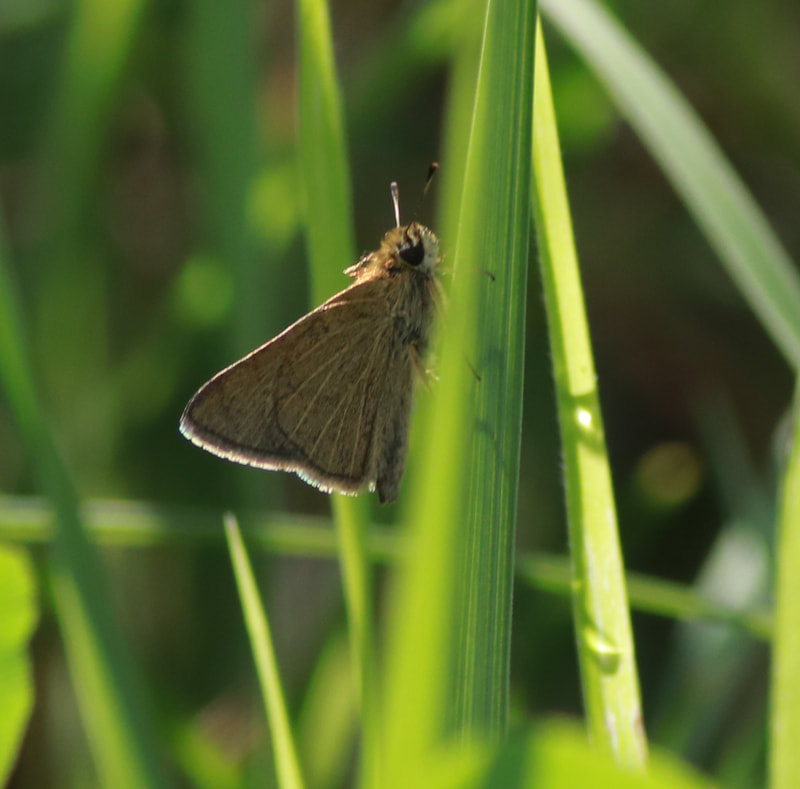
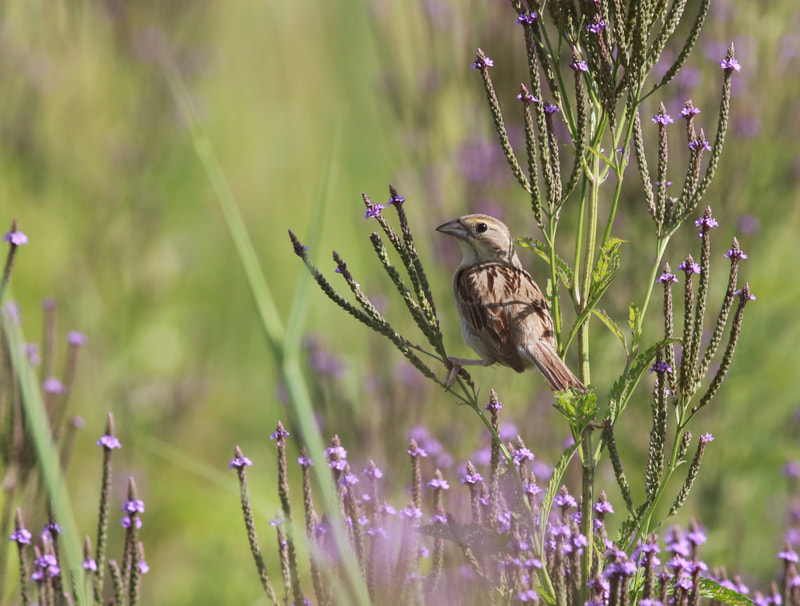
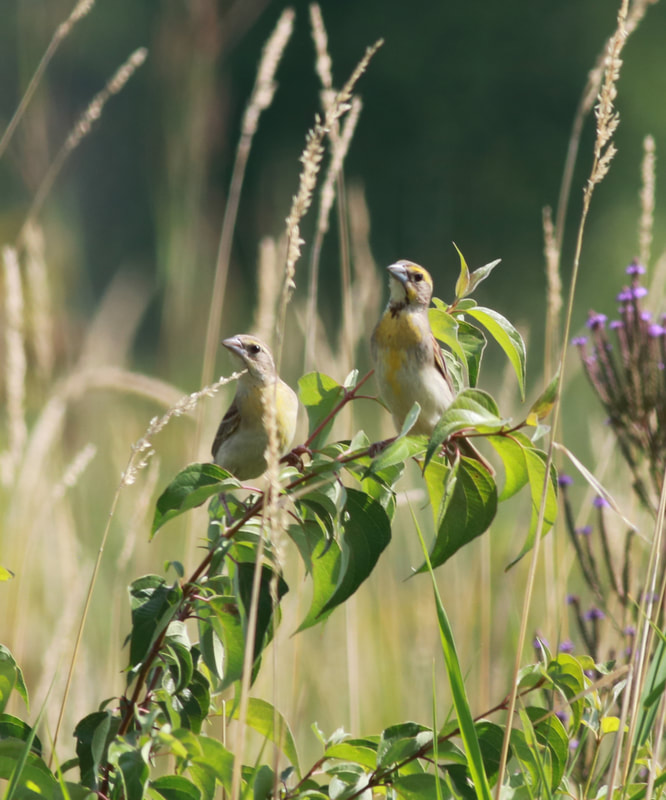
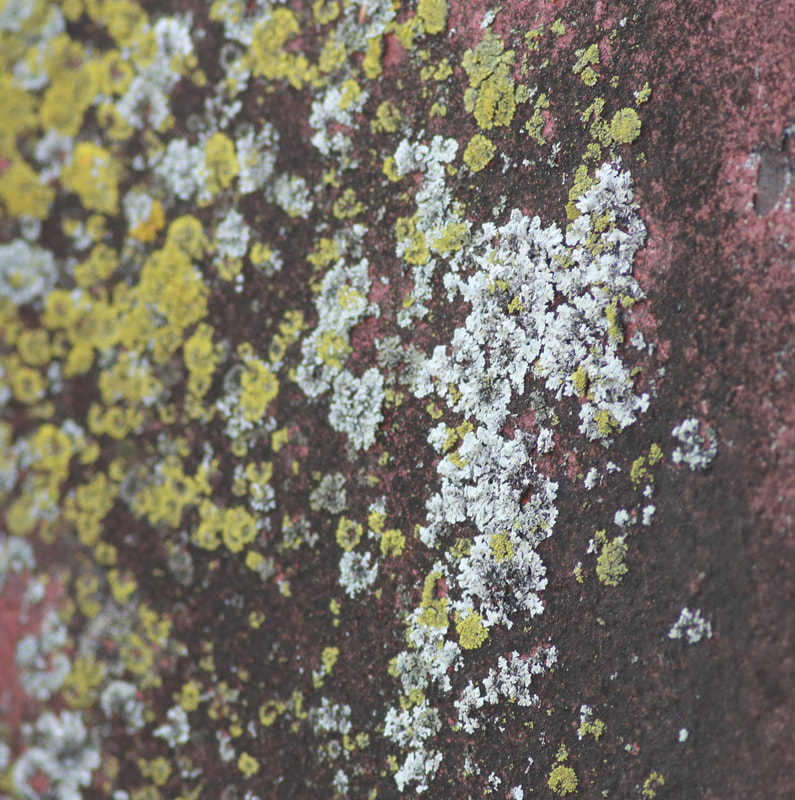
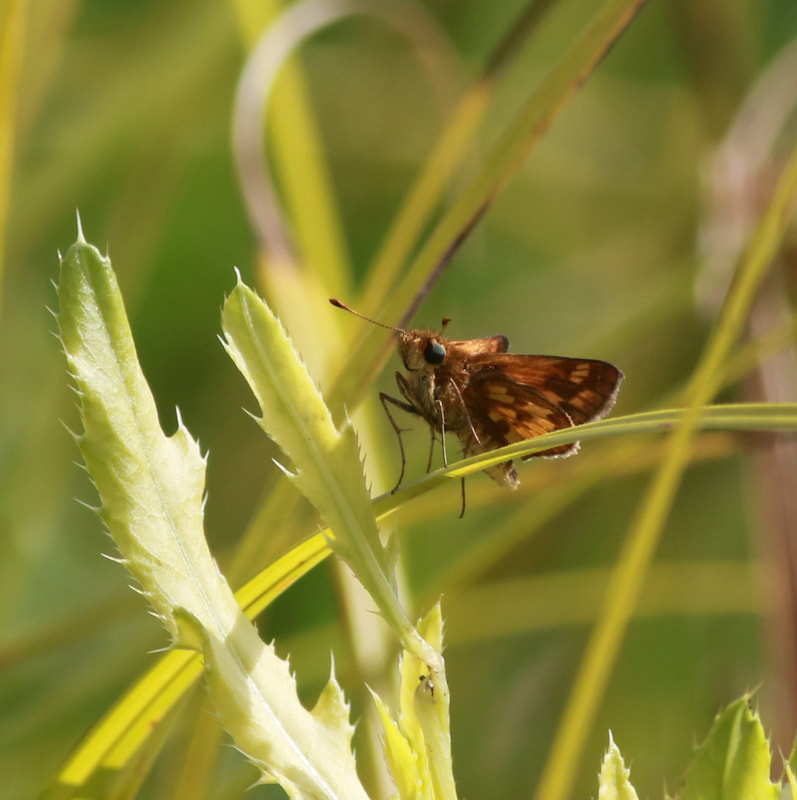
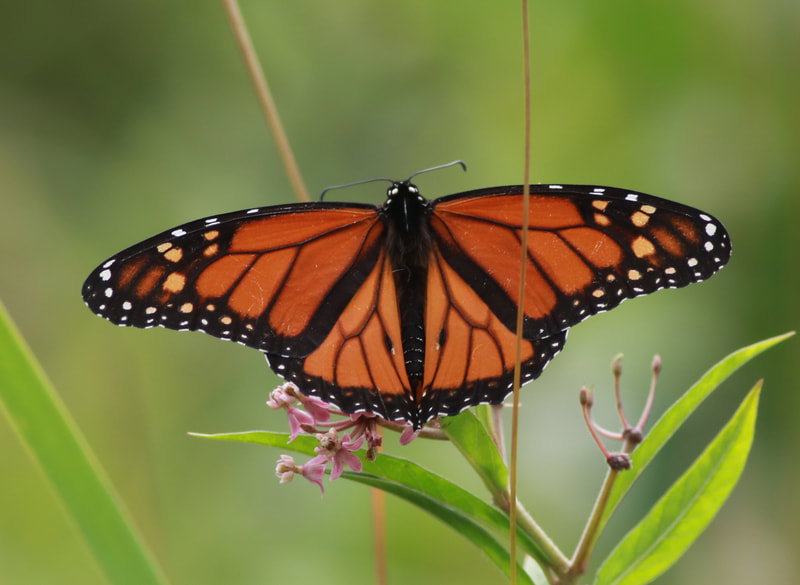
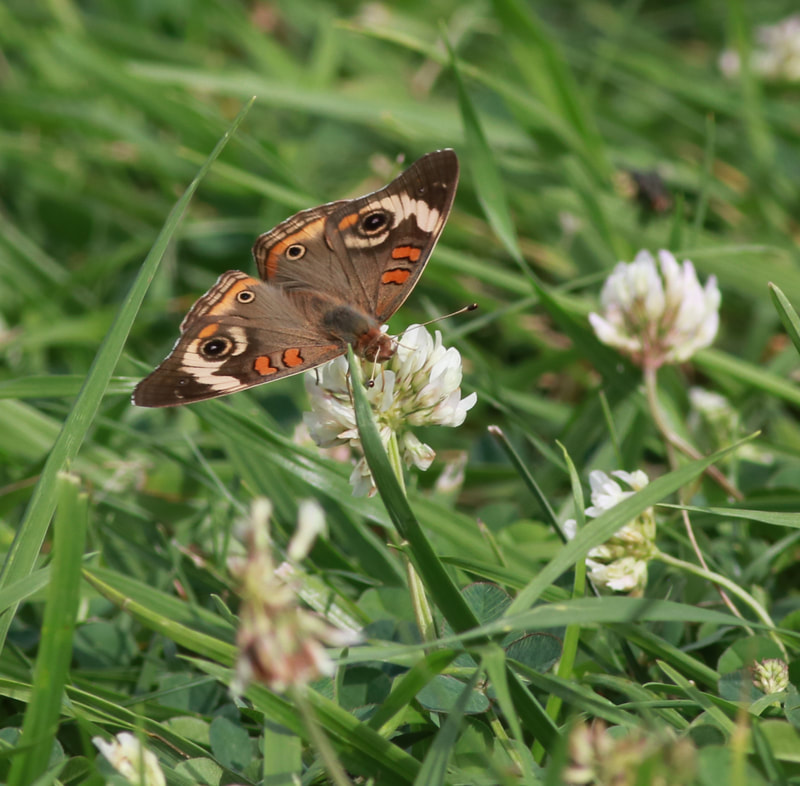
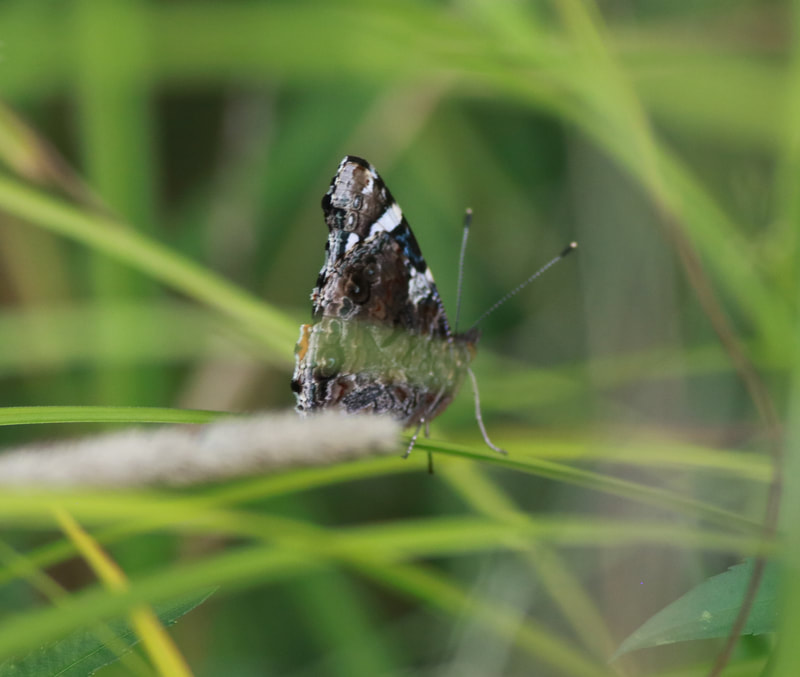
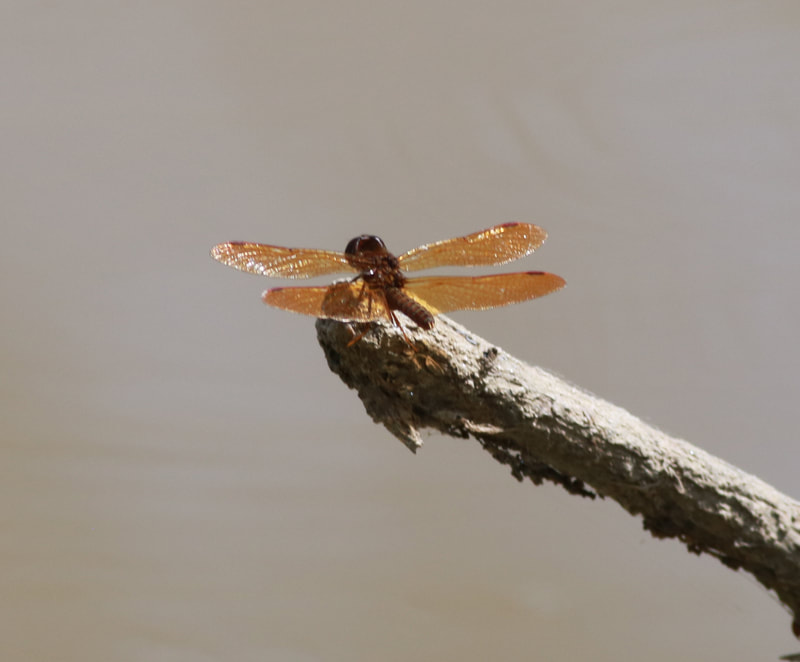
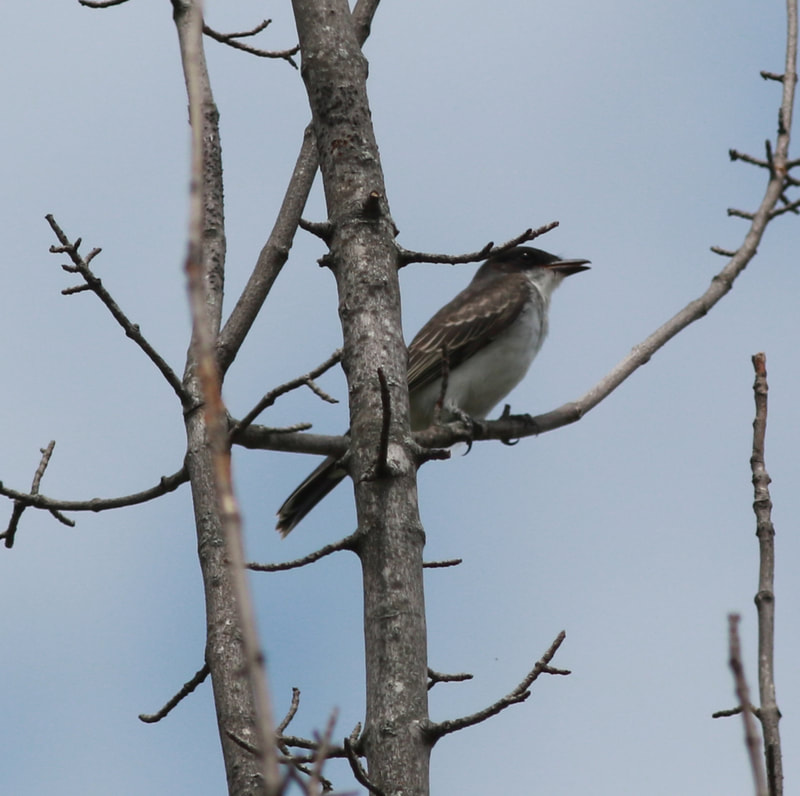
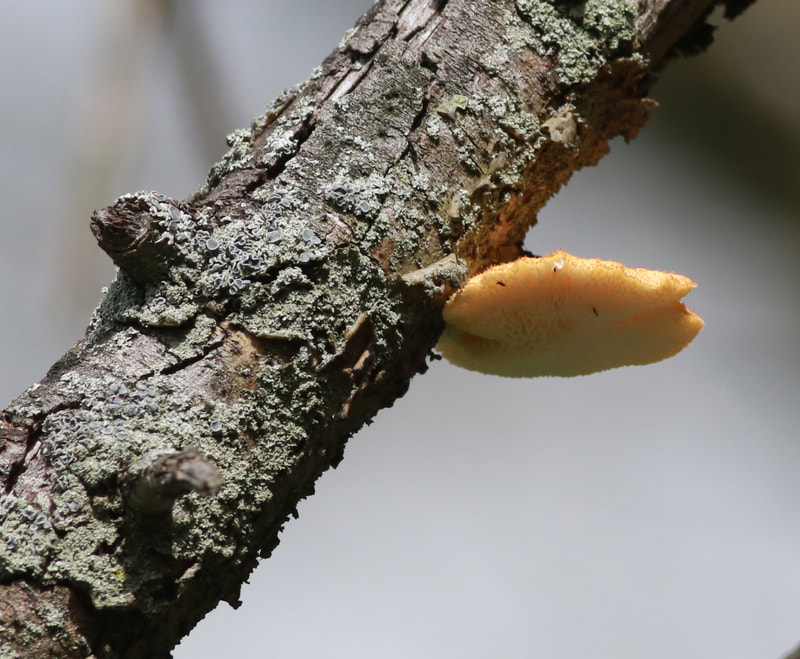
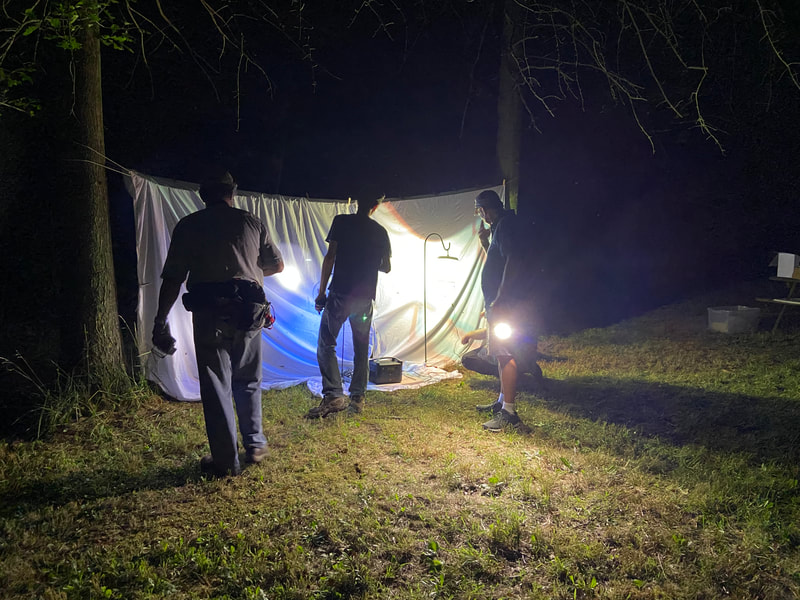
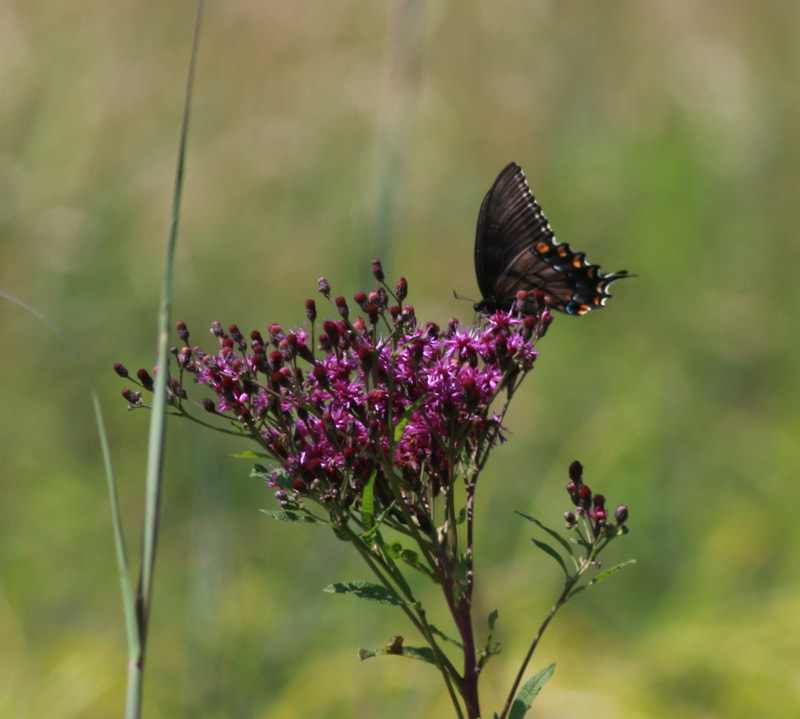
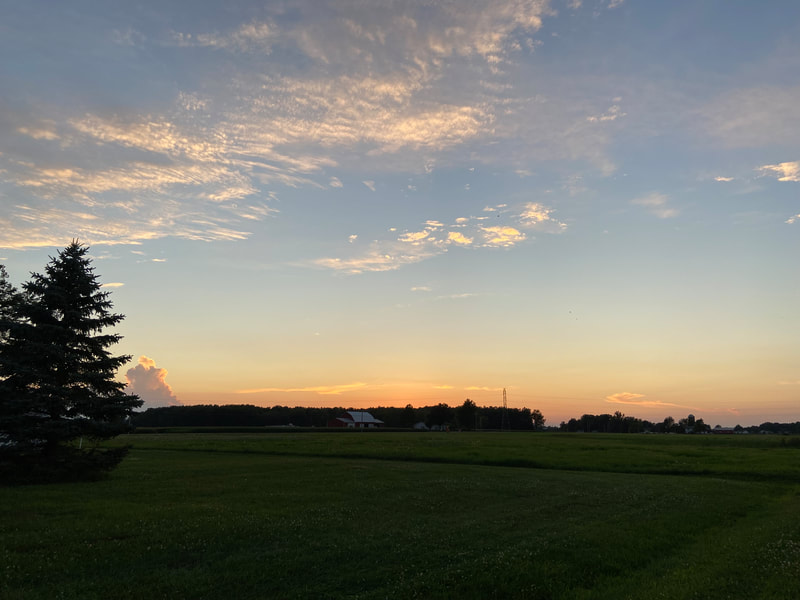
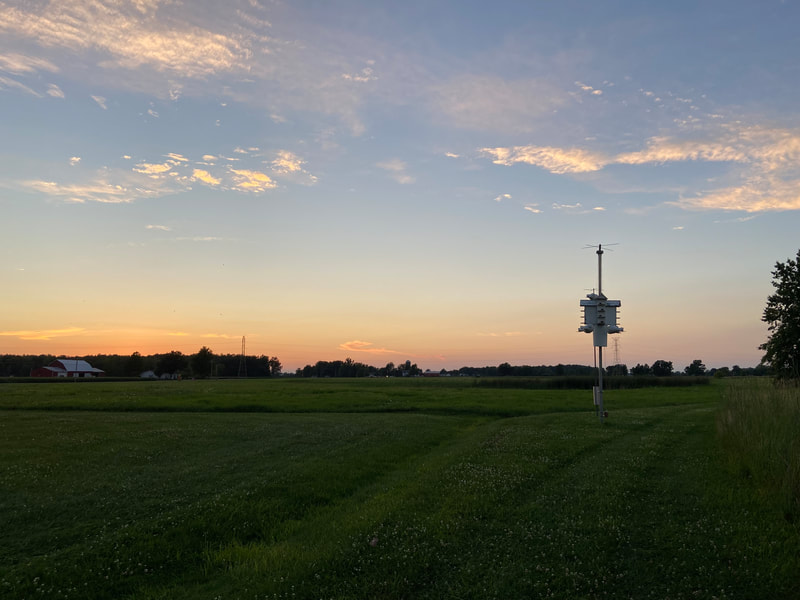
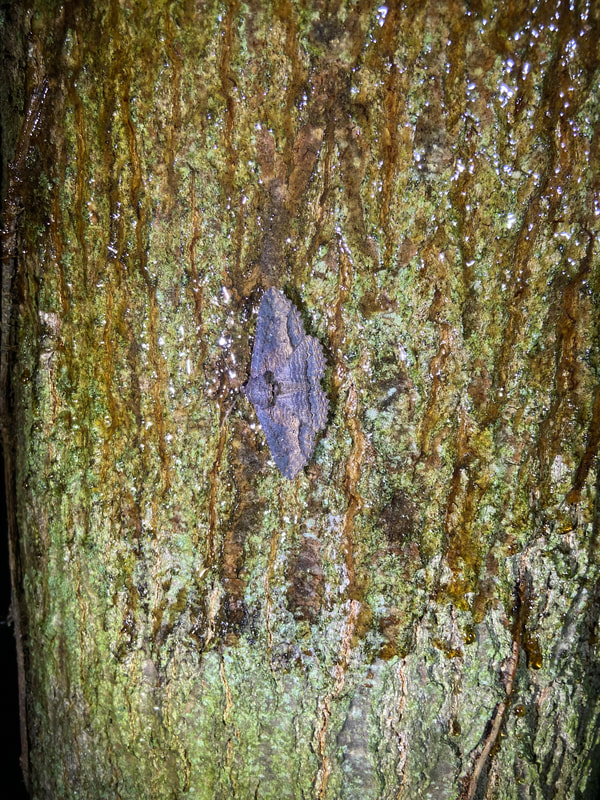

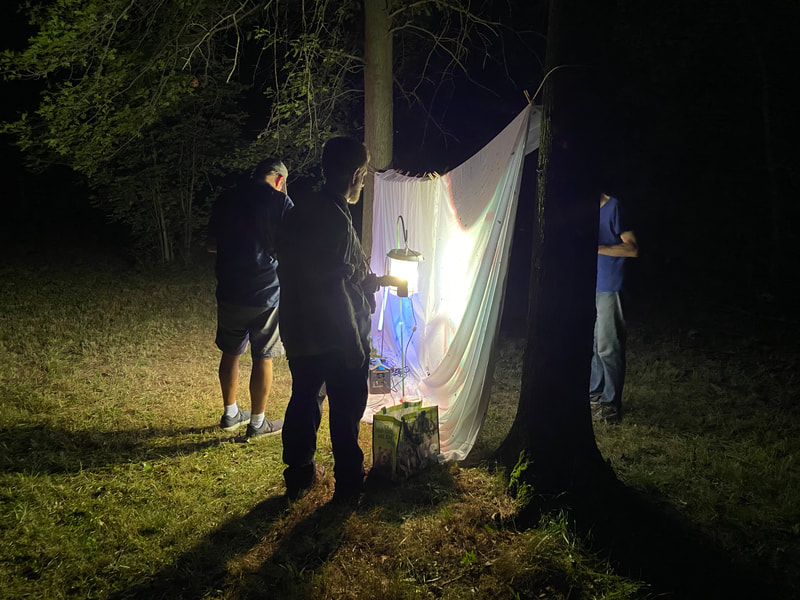
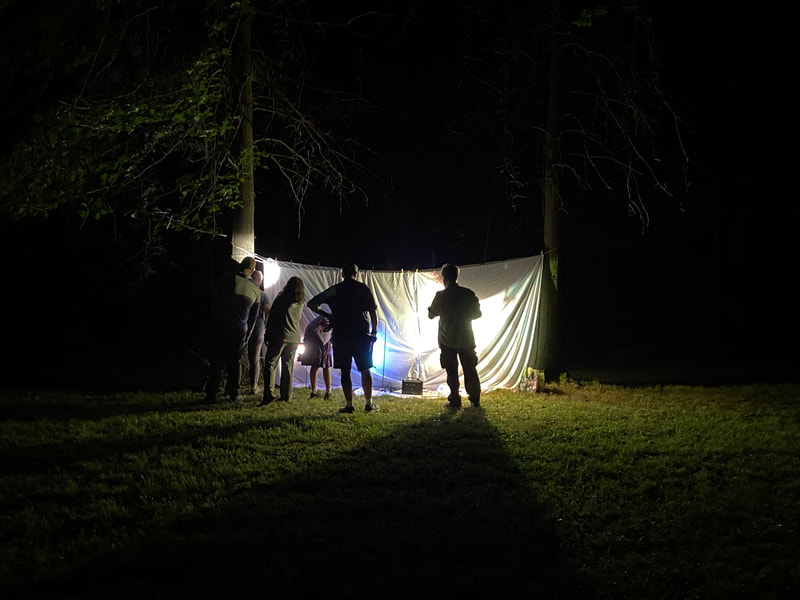
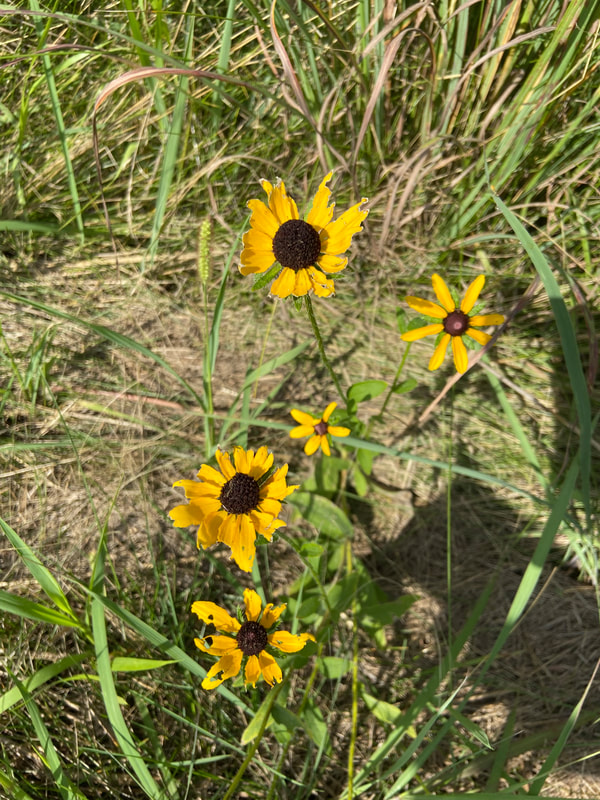
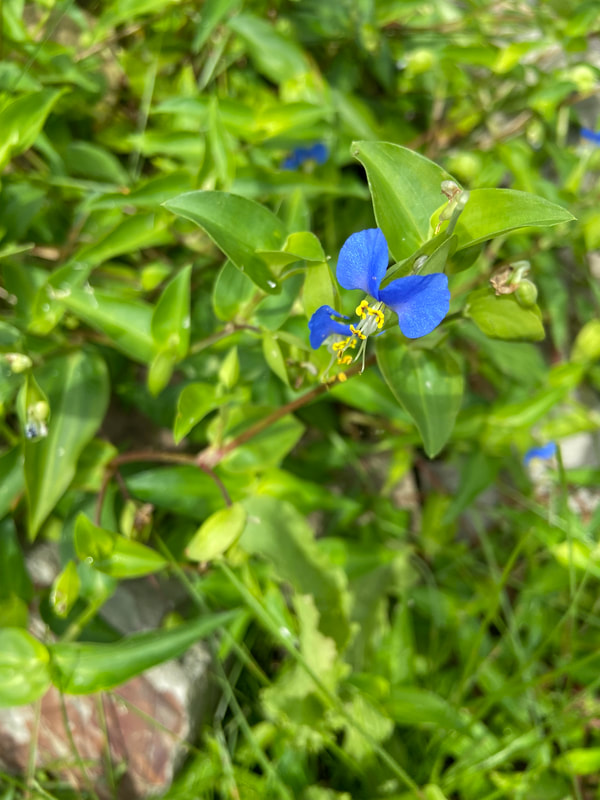
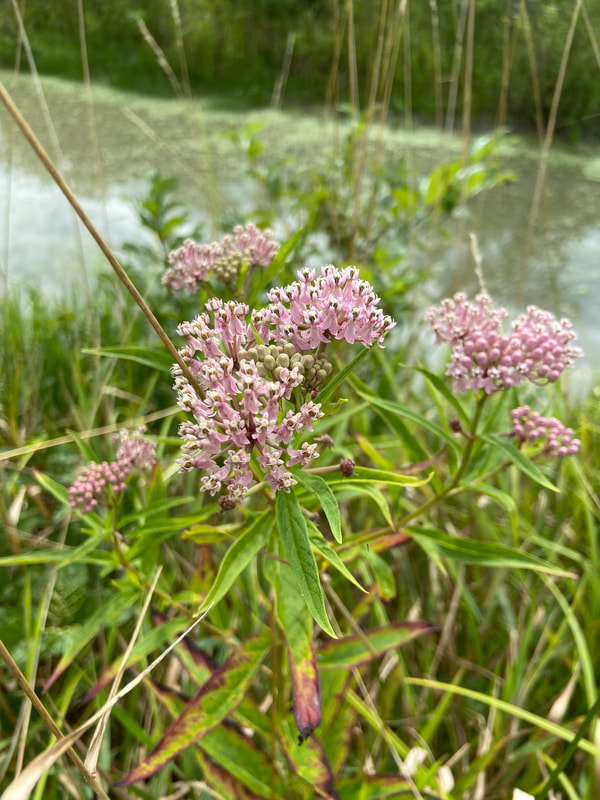
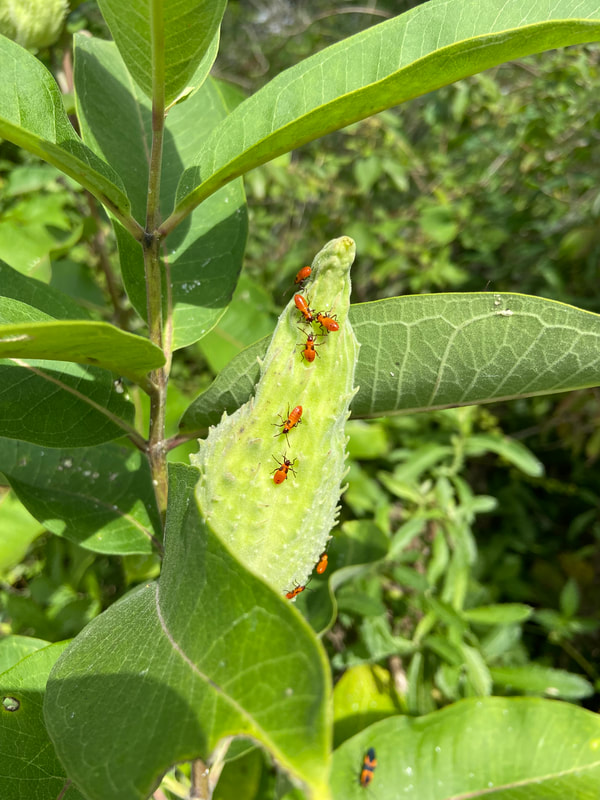
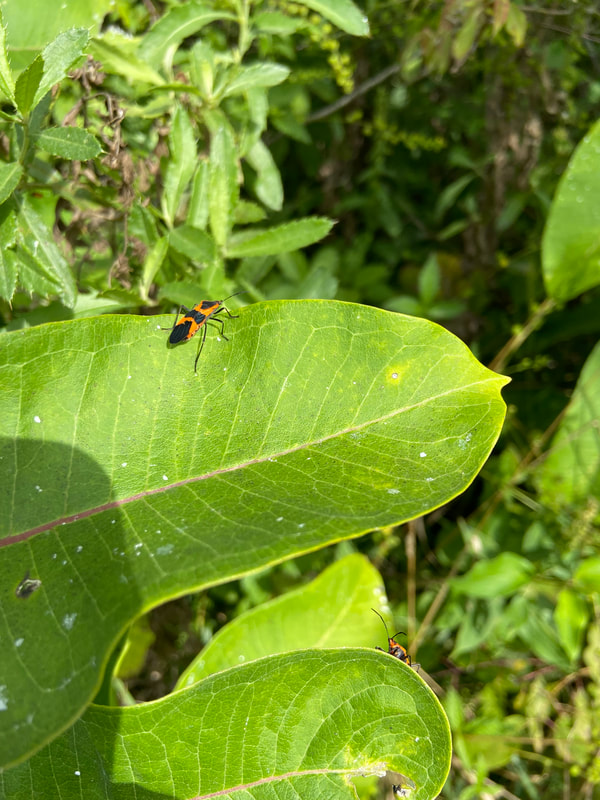
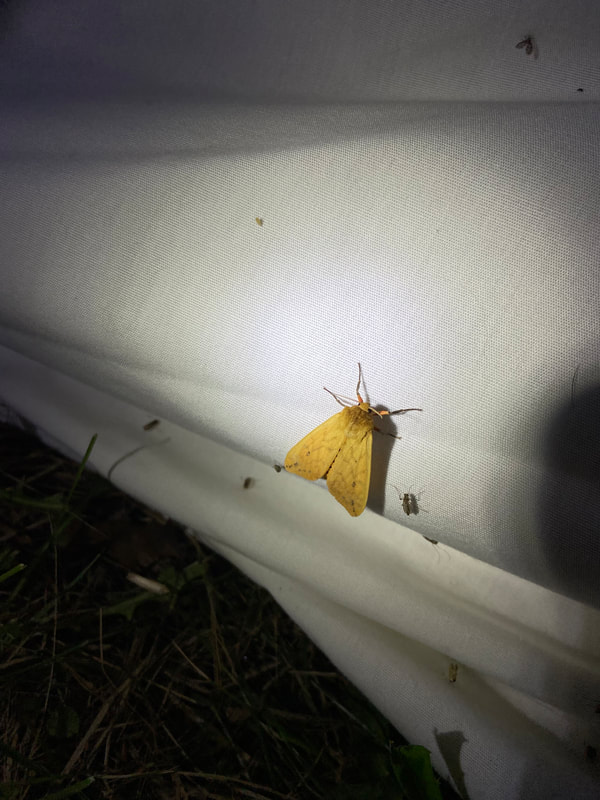
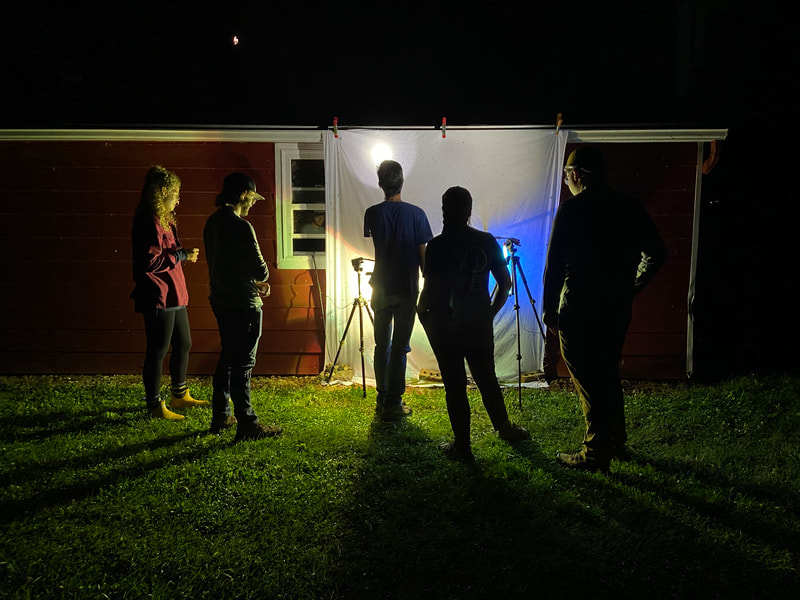
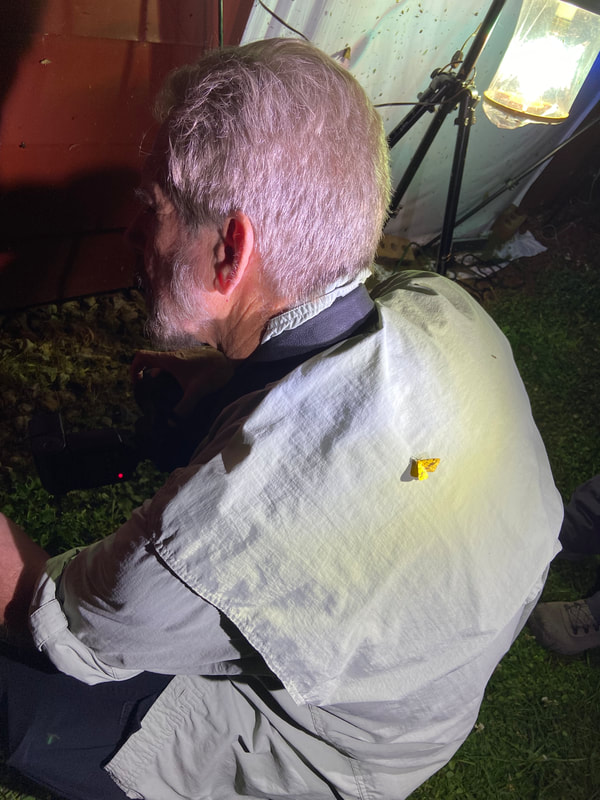
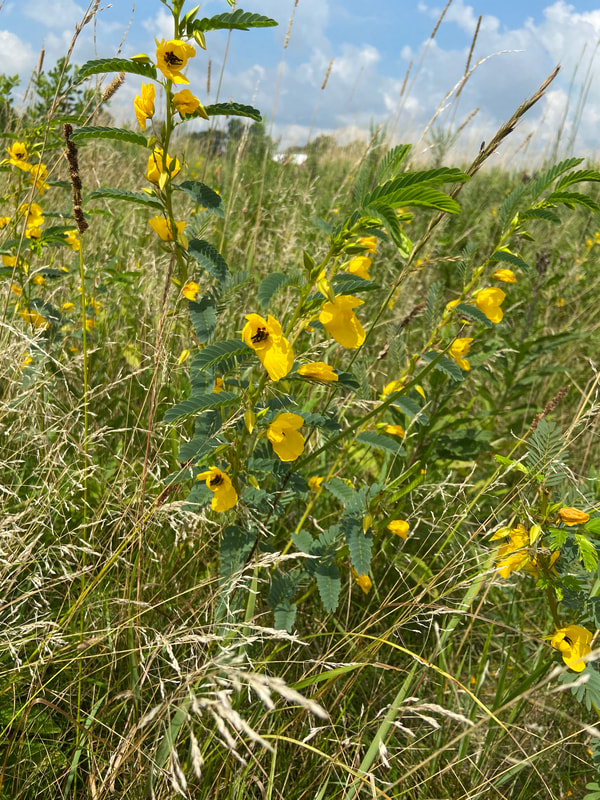
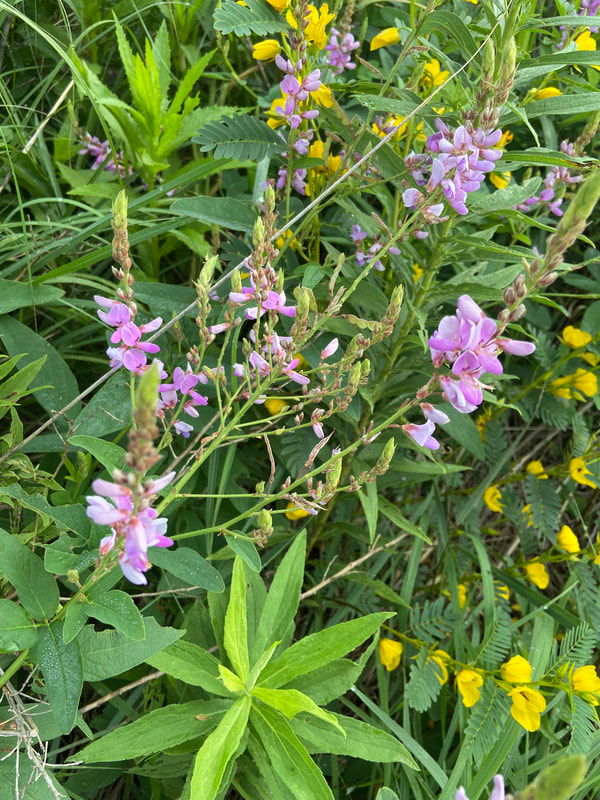
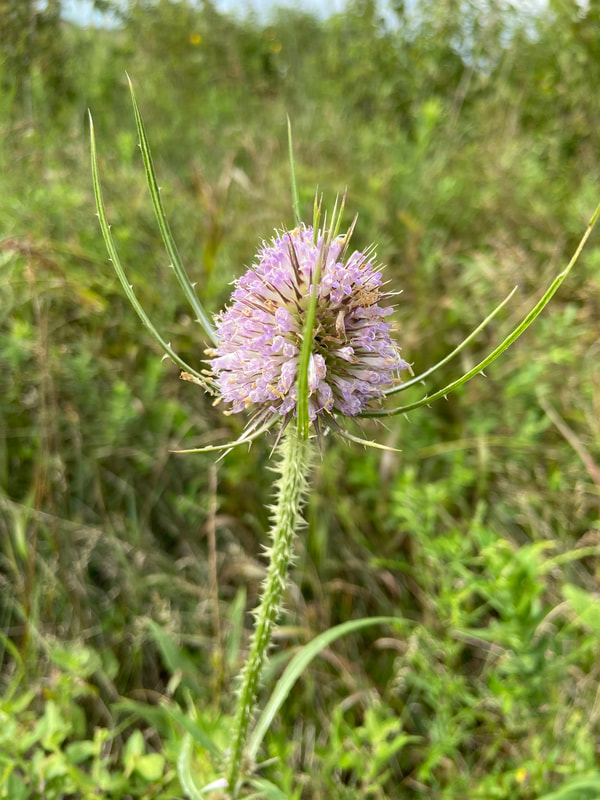
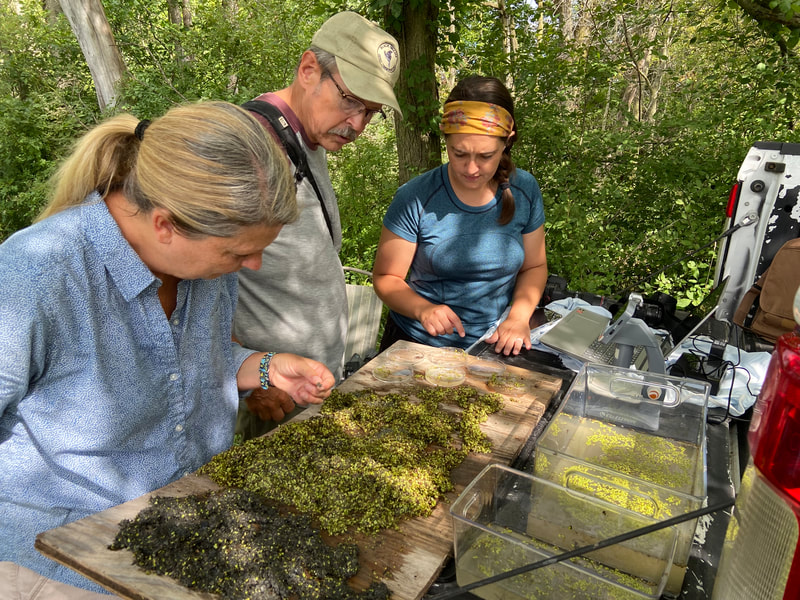
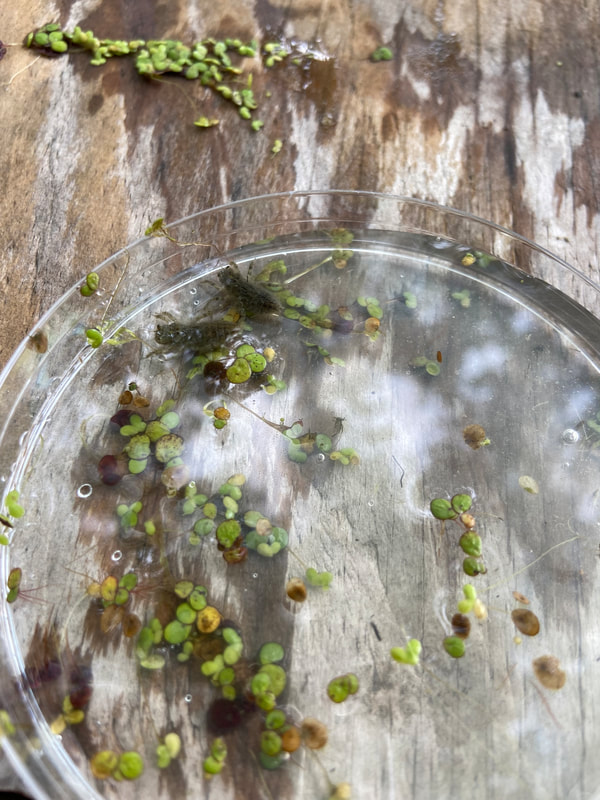
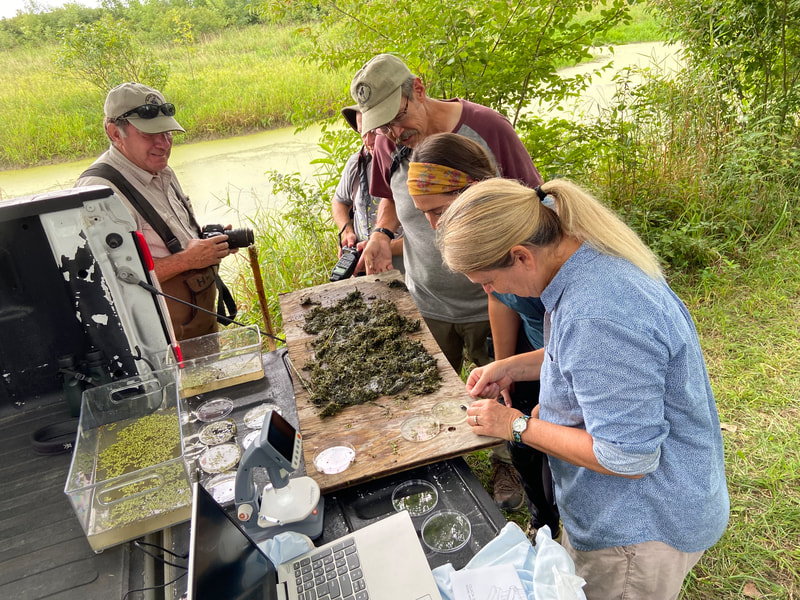
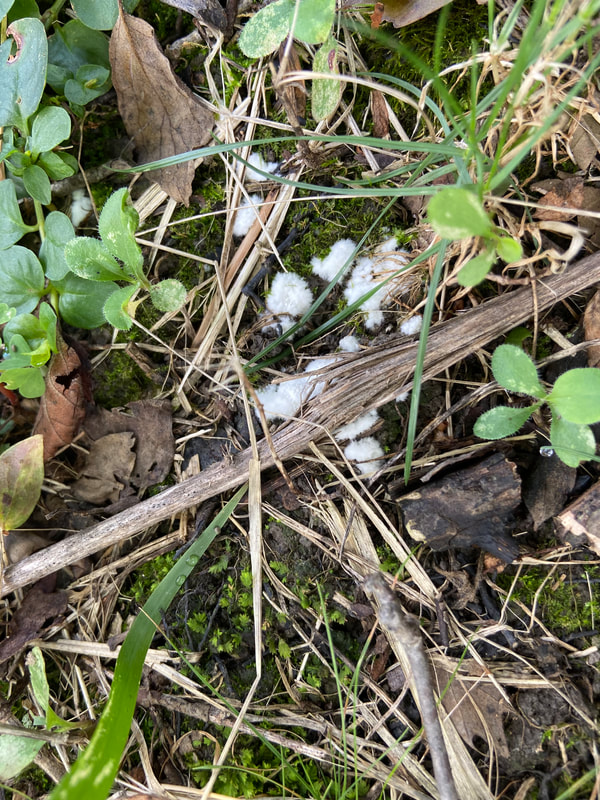
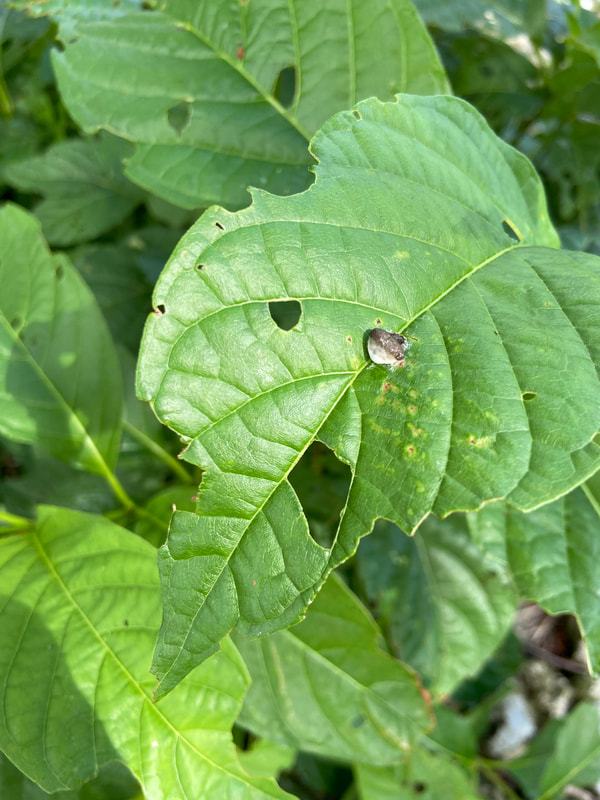
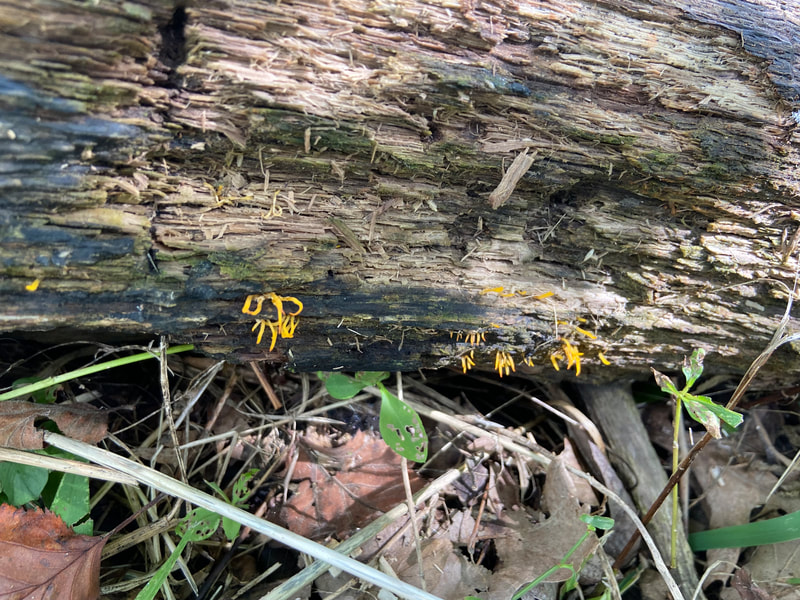
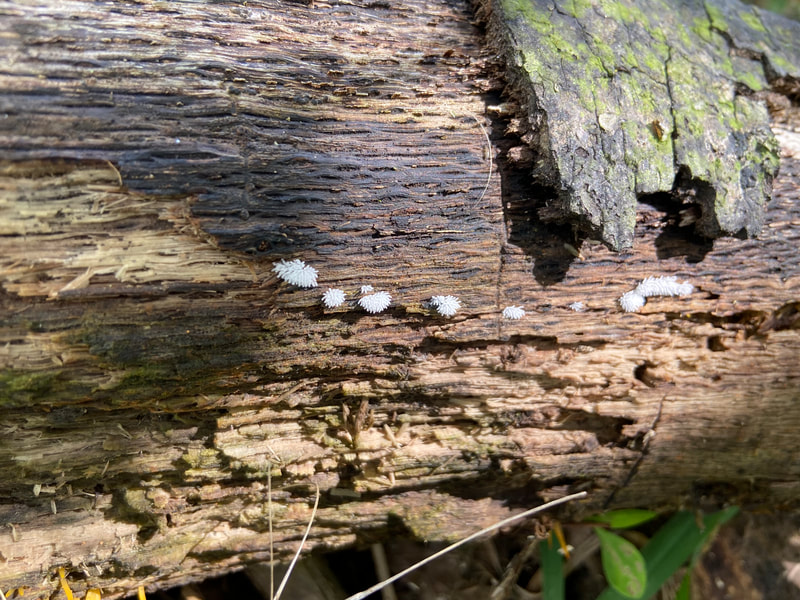
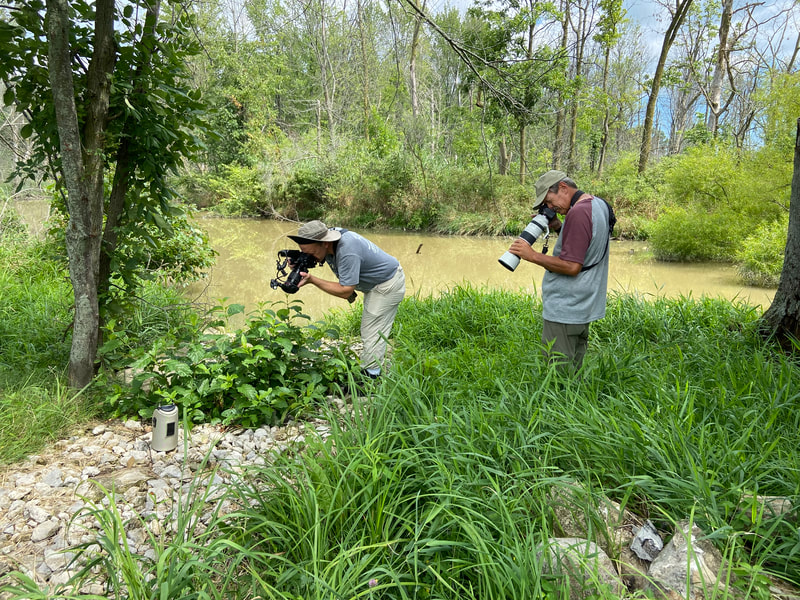
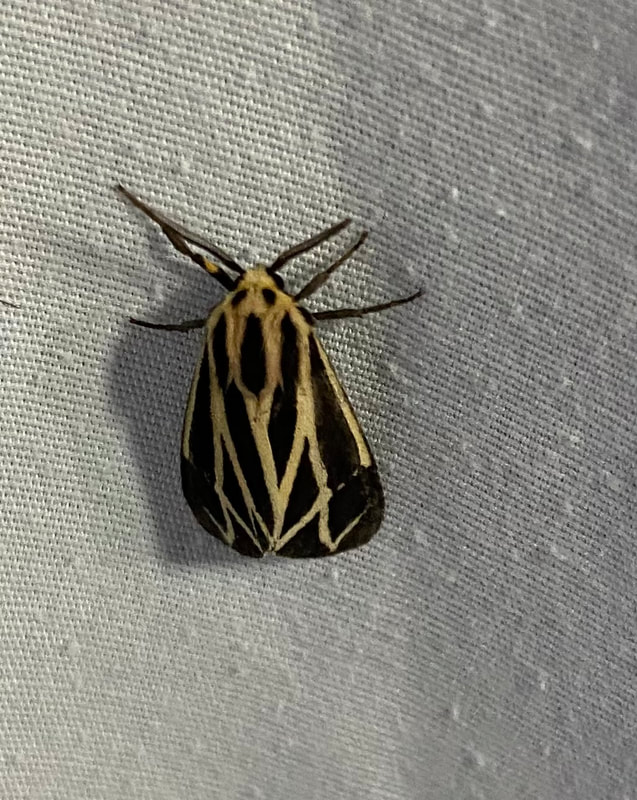
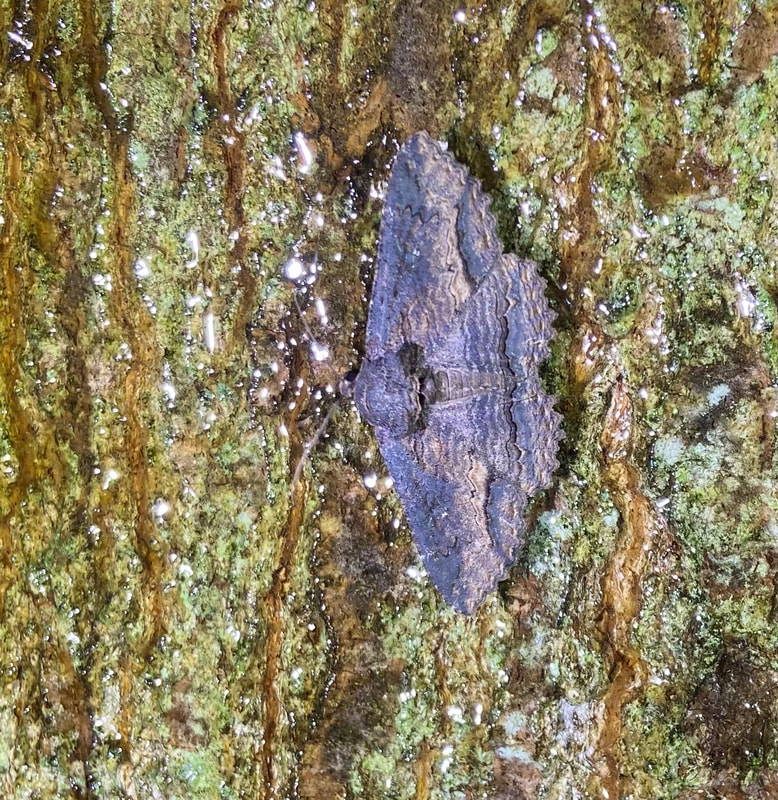
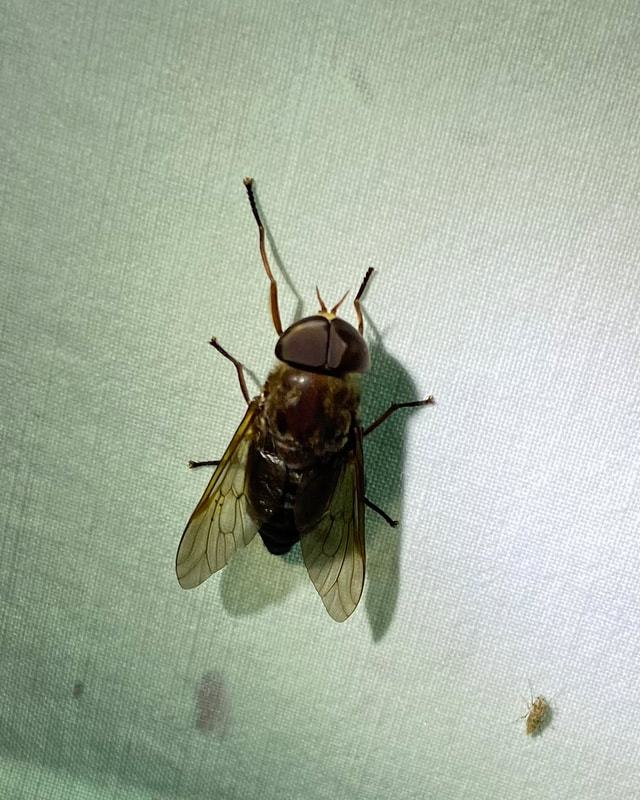
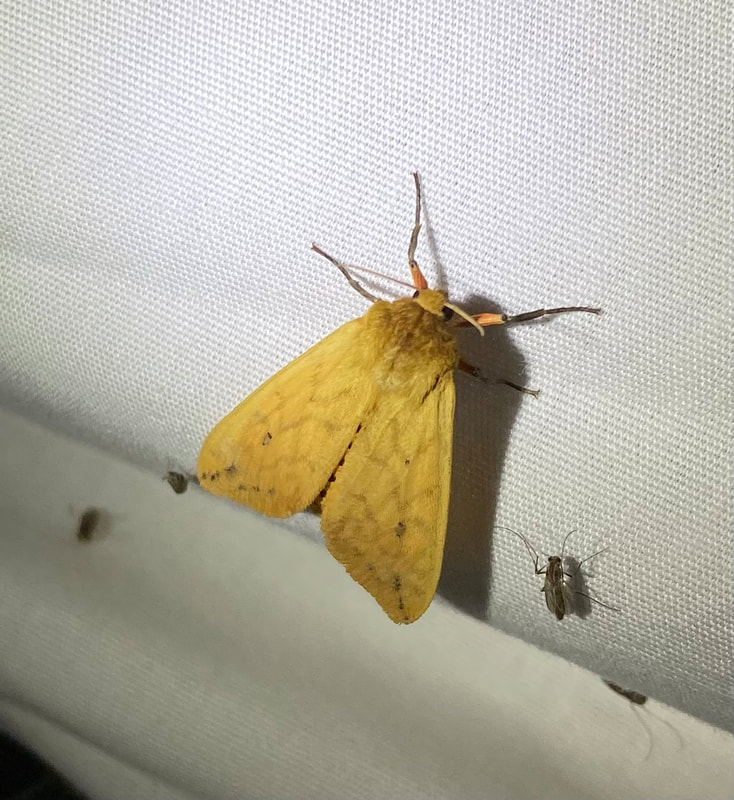

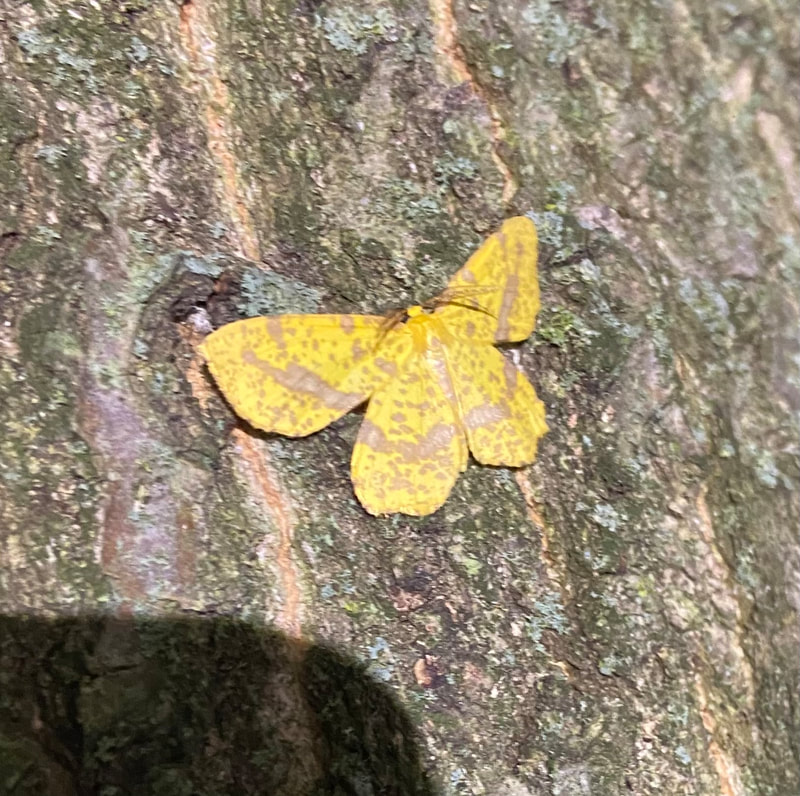
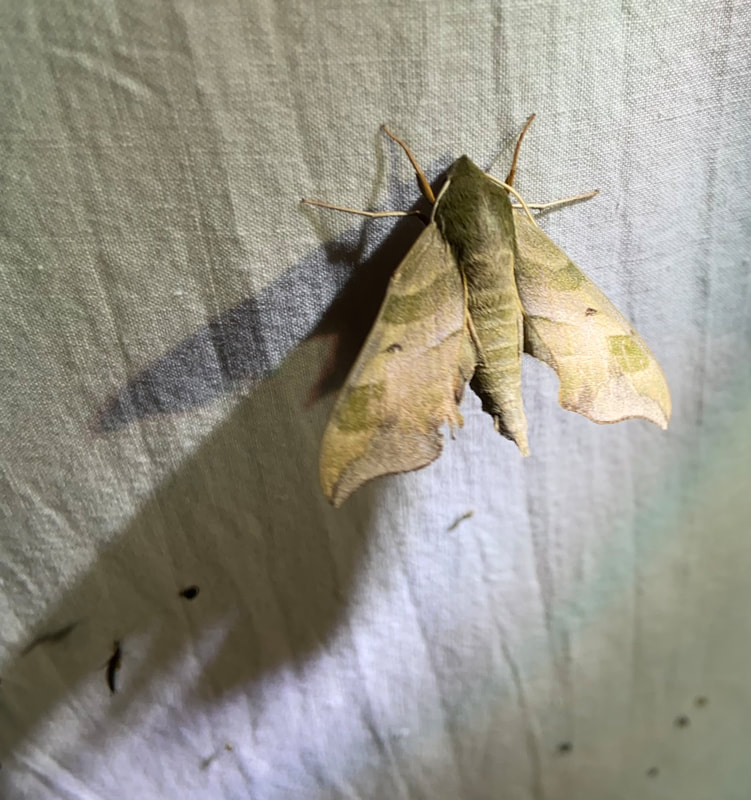

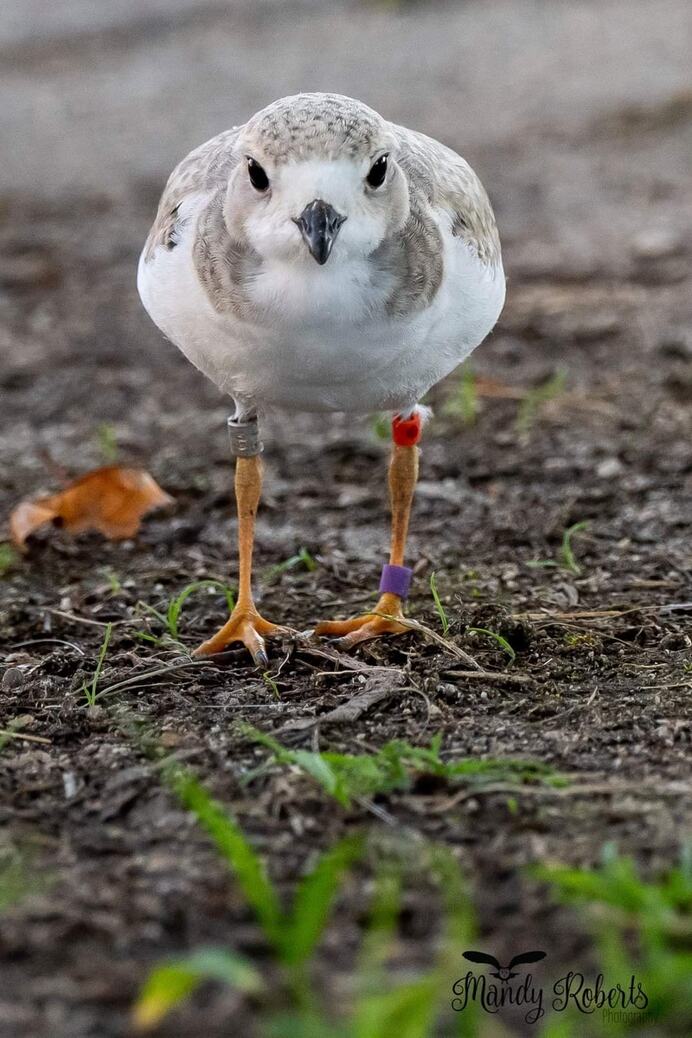
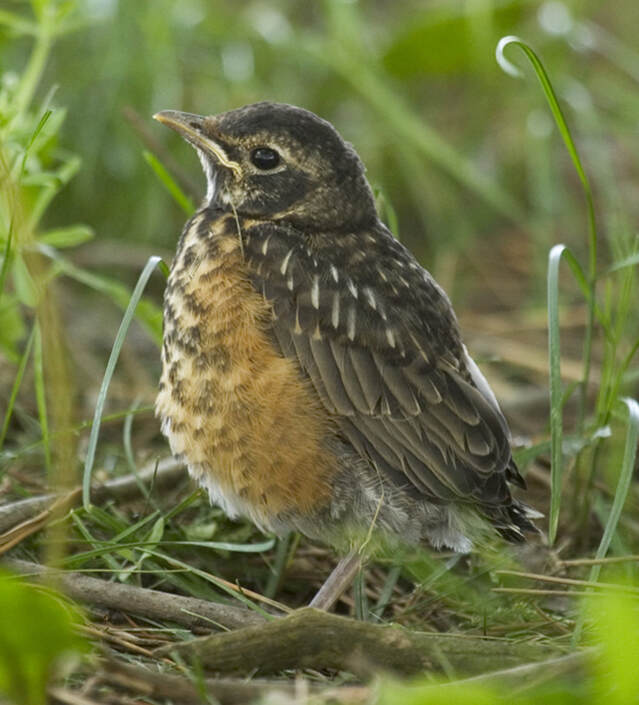
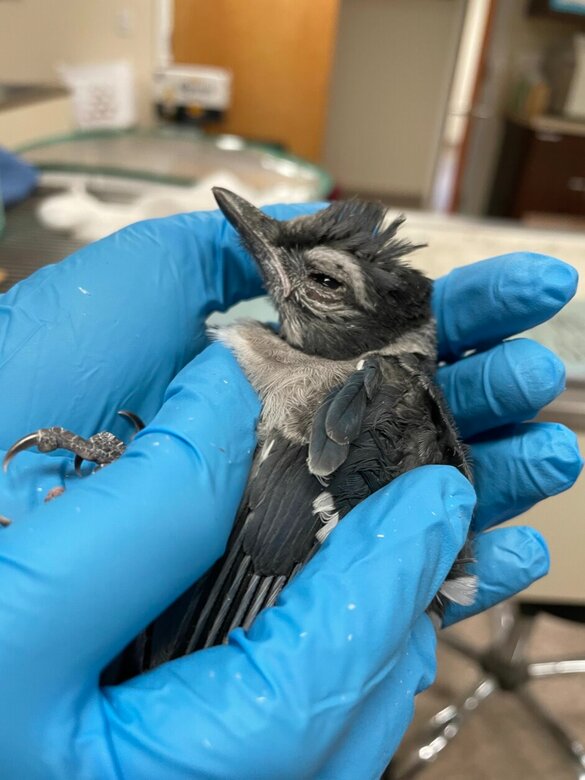
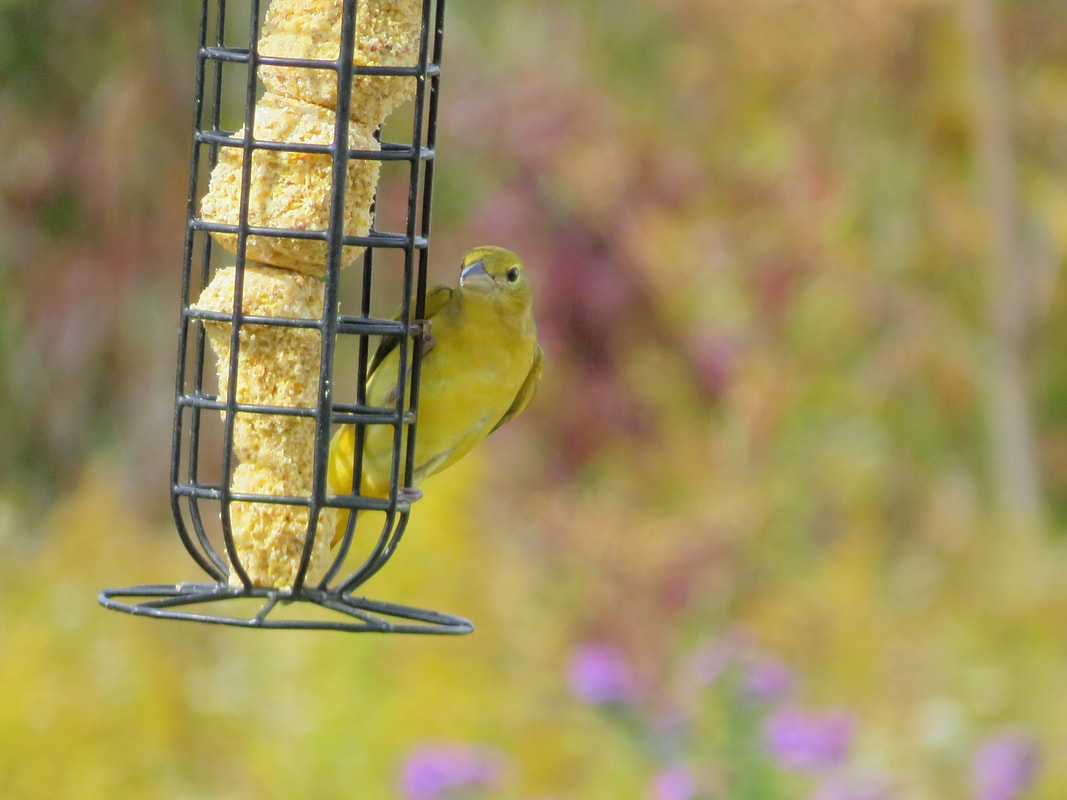
 RSS Feed
RSS Feed